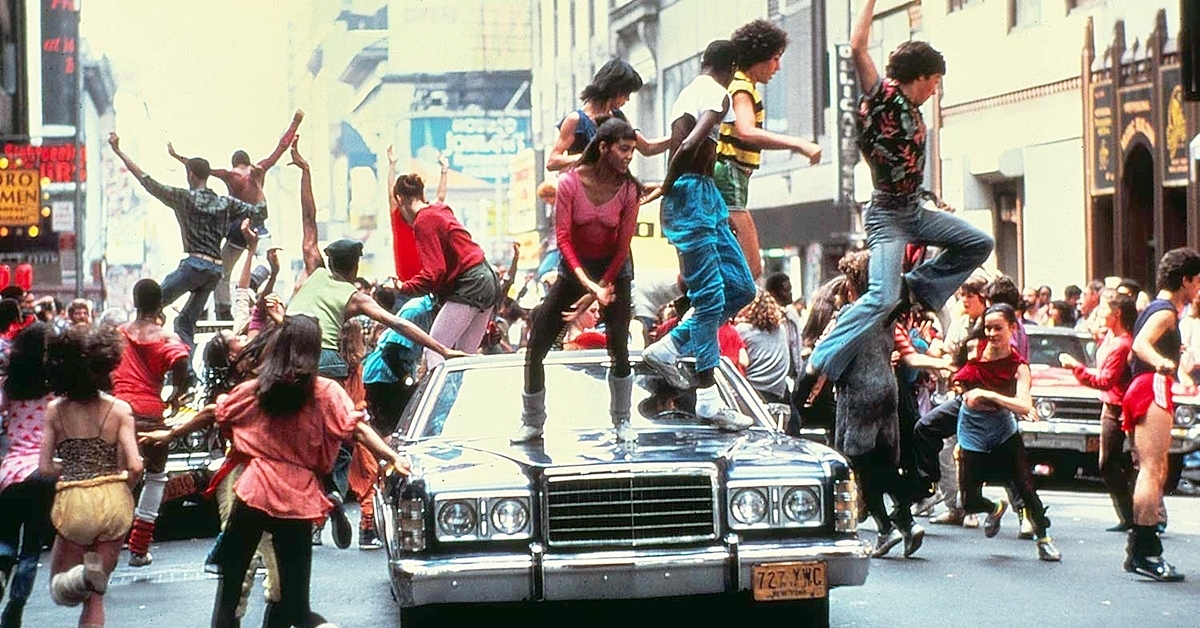Remember my name, fame!
I’m gonna live forever, I’m gonna learn how to fly, high!
I feel it coming together, people will see me and cry, fame!’
Following a fictional bunch of students from their auditions all the way through to their senior year at New York’s High School of Performing Arts, Fame simply has to be one of the greatest musicals of all time. Directed by Bugsy Malone and The Commitments filmmaker Alan Parker, Fame was nominated for six Oscars, winning two.
Below are 20 fascinating facts about this 1980 film that you’re absolutely sure to ‘remember, remember, remember, remember.’
20. The film was inspired by a 1970s stage show
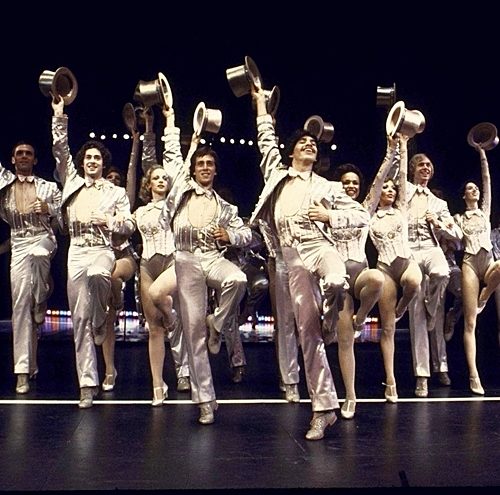
Fame is widely considered to be the last traditional musical film to be released in the 80s, given that the musicals that followed it were much more in the music video style.
[rtk_adunit_top]
Fame differed from Dirty Dancing, Footloose and Flashdance, which were released later in the decade, as the newer films featured quicker cuts and didn’t have the characters sing diegetically.
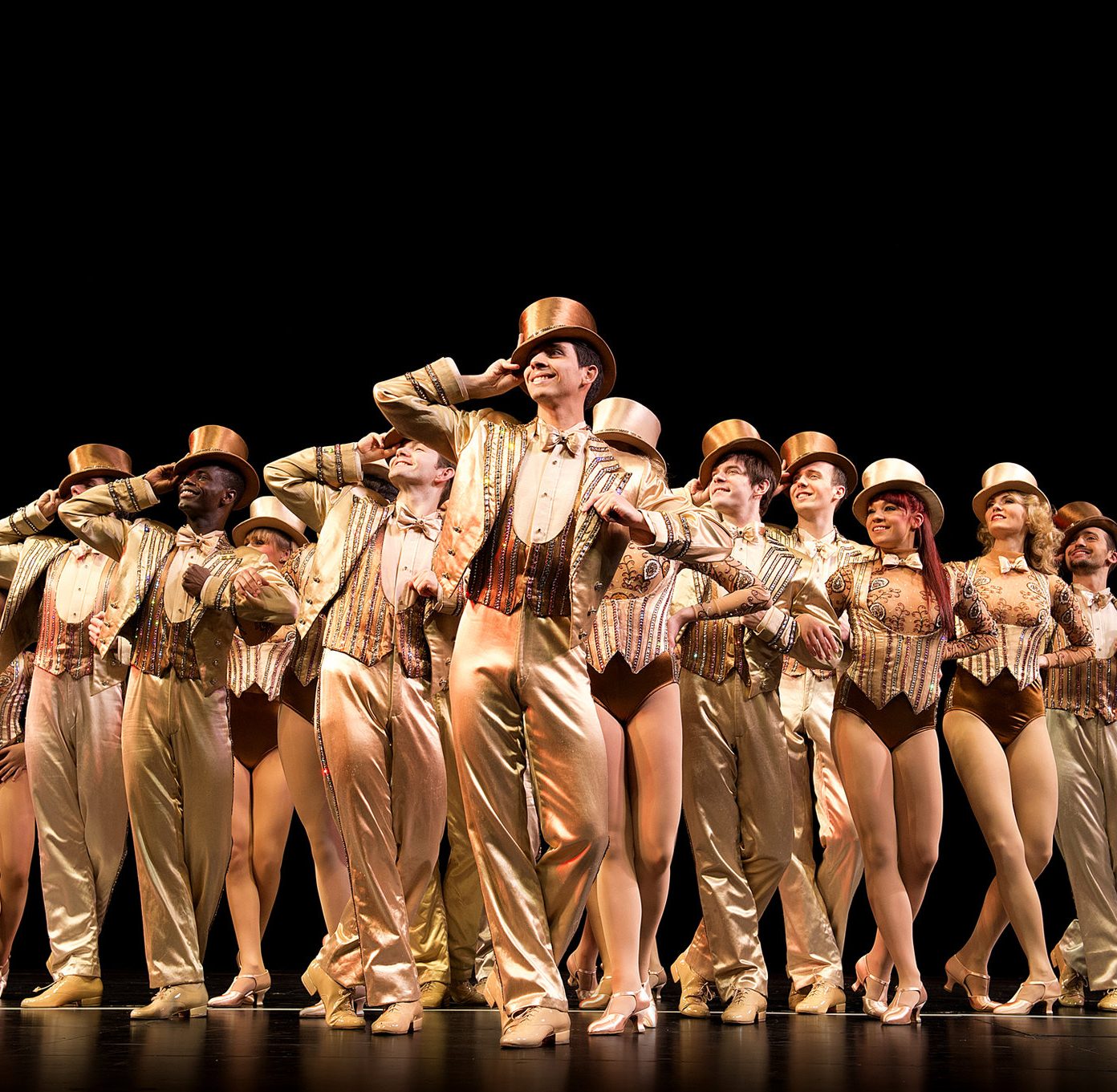
Given that Fame feels a throwback to the classic musicals of earlier decades, it’s no surprise that it was directly inspired by one.
[rtk_adunit_middle]
Specifically, Fame was inspired by A Chorus Line, a musical that was first performed in workshops in 1975.
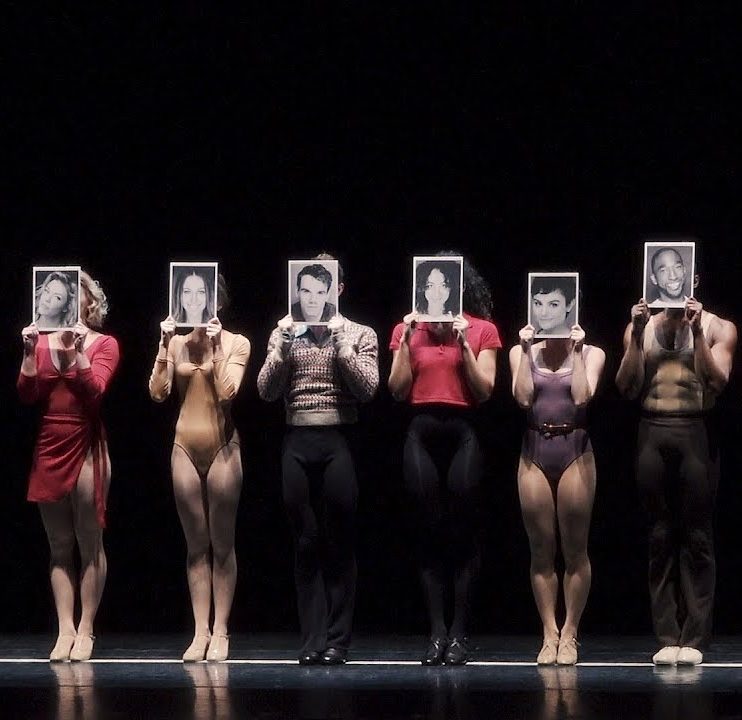
Fame’s producer David De Silva was inspired by A Chorus Line’s premise, which centred on hopeful performers divulging stories about their real lives during a competitive audition.
[rtk_adunit_bottom]
De Silva hired Christopher Gore to write the script and later approached English director Alan Parker, who was at the time best known for calling the shots on the films Bugsy Malone and Midnight Express.
19. The film was called Hot Lunch until the slang meaning of that phrase became apparent
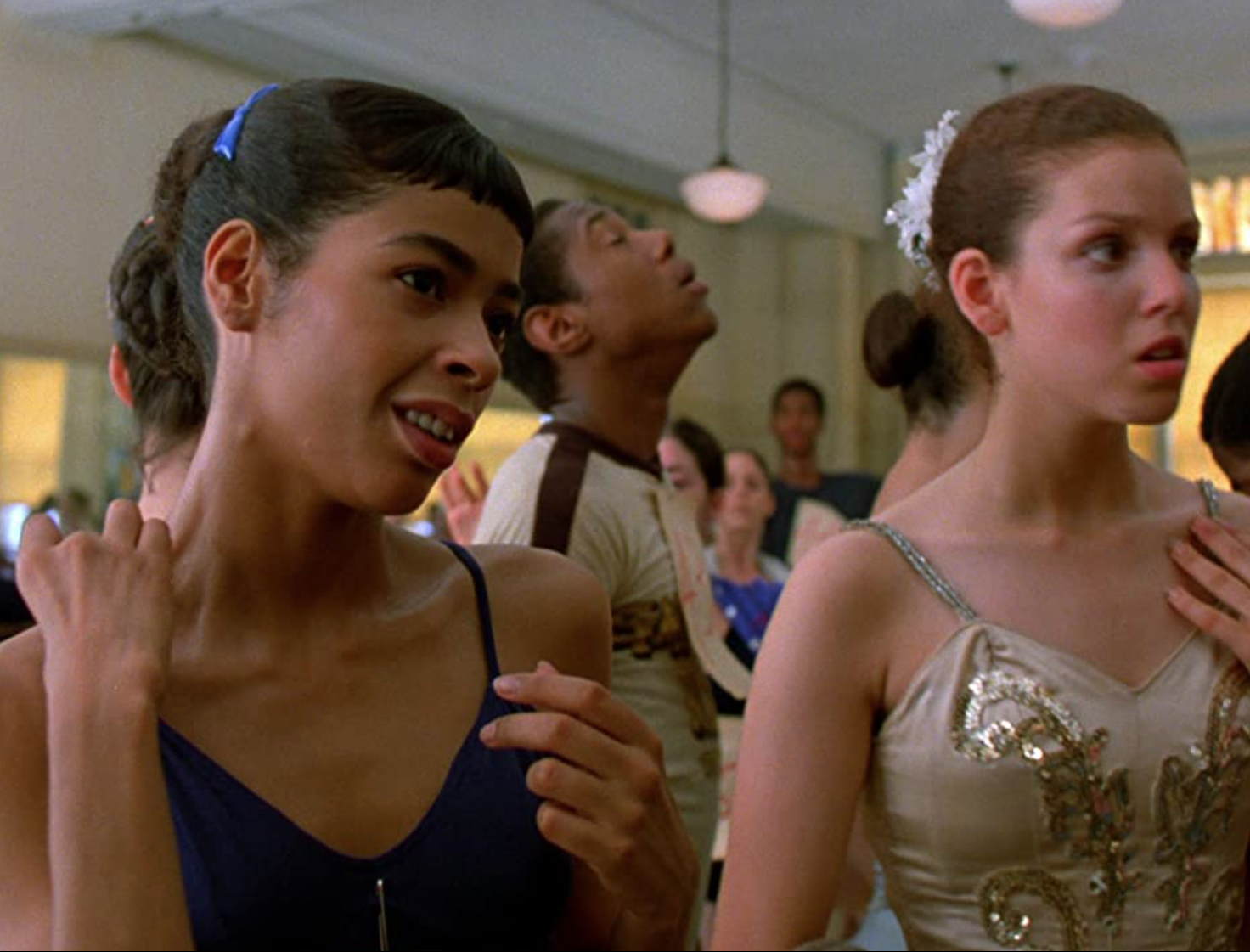
Fame’s one-word title and memorable black and red branding might have become iconic in its own right, but the film almost had a very different name.
[rtk_adunit_top]
Fame was originally supposed to be called Hot Lunch, echoing the sentiments of one of the students in the performing arts school.

Near the end of the movie, Montgomery Macneill tells the younger Ralph Garcy “All you’re guaranteed here is 7 classes and a hot lunch. The rest is up to you.”
[rtk_adunit_middle]
This sentiment was the basis for the movie, which explores the fact that there are no guarantees in the world of showbusiness.

The title had to be changed however when director Alan Parker saw another film with the same name, which was explicitly pornographic.
[rtk_adunit_bottom]
Parker later discovered that Hot Lunch was, in his words, “New York slang for oral sex,” so they eventually settled on calling their project Fame after the 1975 David Bowie song.
18. Most of the cast members were from the real High School of Performing Arts
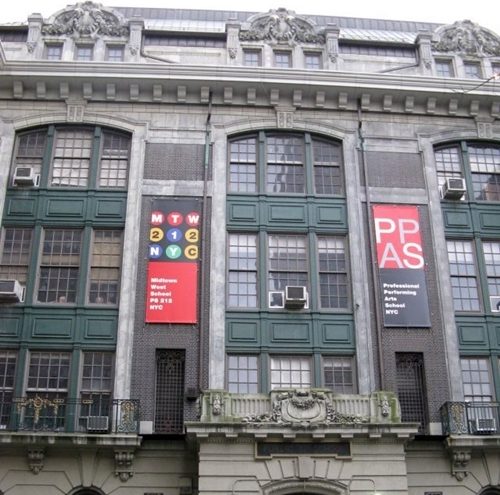
Alan Parker was keen for the film’s cast to be made up of real performing arts students, and so spent four months auditioning thousands of young hopefuls.
[rtk_adunit_top]
Irene Cara, who was actually a former student of the High School of Performing Arts in New York, apparently did not impress in her first audition.

However, Cara did eventually convince filmmakers to cast her as Coco Hernandez, a role that also led to her having a short-lived pop music career.
[rtk_adunit_middle]
Also a former student of New York’s High School of the Performing Arts was Gene Anthony Ray, who played Leroy Johnson.

Like his character in Fame, Ray was constantly at odds with his teachers, and was more interested in pushing the envelope than obeying the rules.
[rtk_adunit_bottom]
Ray was actually asked to leave the school before graduating, which is how his story diverges from Leroy’s.
17. Director Alan Parker called the making of the film “a less than pleasurable experience”
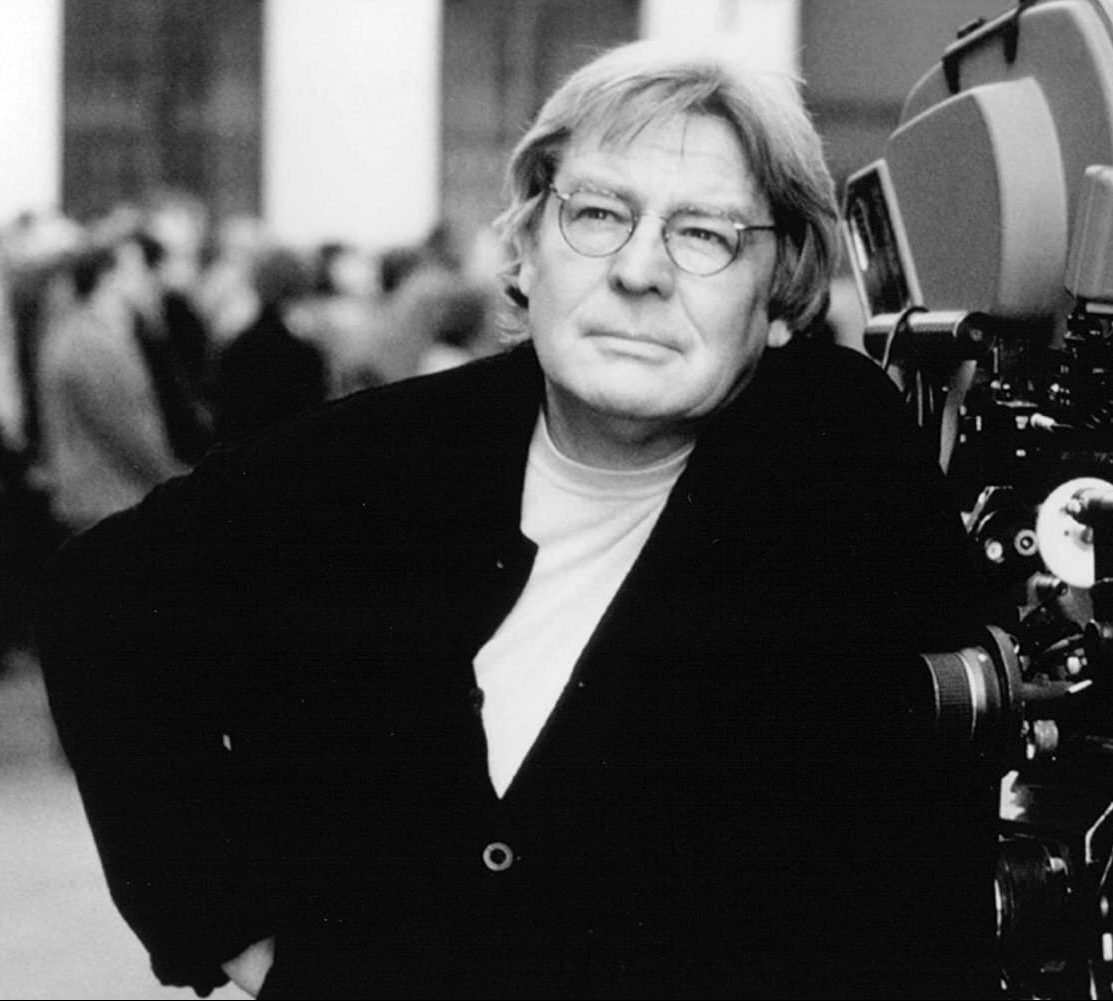
Director Alan Parker described the Fame shoot as “a less than pleasurable experience,” which was mainly down to the intense New York summer heat that they had to endure every day.
[rtk_adunit_top]
Parker also fell foul of the US Labour Union after they discovered that a number of British crew members were working without a permit. To placate the union, the director had to make a deal that allowed a number of local labourers to work on the film.
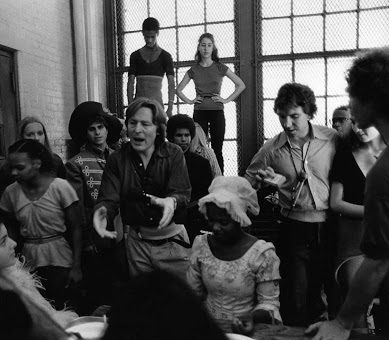
Both the heat and Parker’s hiring practices aside, many have speculated that it was actually the cast that Parker found difficult to work with.
[rtk_adunit_middle]
Parker implied in interviews after the fact that he very much felt like an outcast, as an English filmmaker working with a cast of young Hollywood up-and-comers.
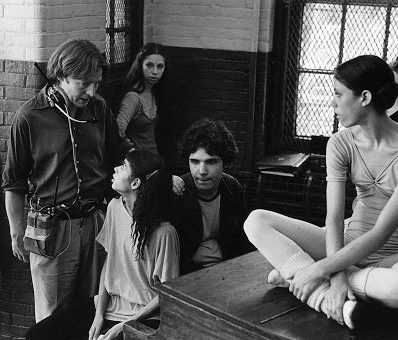
Parker went on to make The Commitments, which also tells the story of a cast of performers – and he went on to say that he enjoyed the process much more.
[rtk_adunit_bottom]
This can mainly be attributed to the fact that The Commitments had both an Irish cast and revolved around much older actors, among whom Parker felt much more at ease.
16. Production was halted when several members of the cast and crew lodged complaints about working conditions

Parker’s animosity towards and slight fear of his cast wasn’t the only thing that slowed down production.
[rtk_adunit_top]
In fact, when shooting was actually called to a full halt for several days, it had nothing to do with Parker at all.

Rather than production being halted on account of several crew members working without permits, it was instead the fault of cinematographer Michael Seresin.
[rtk_adunit_middle]
Both Seresin and chief camera operator John Stanier used a huge amount of incense burners on-set, which aggravated the cast.
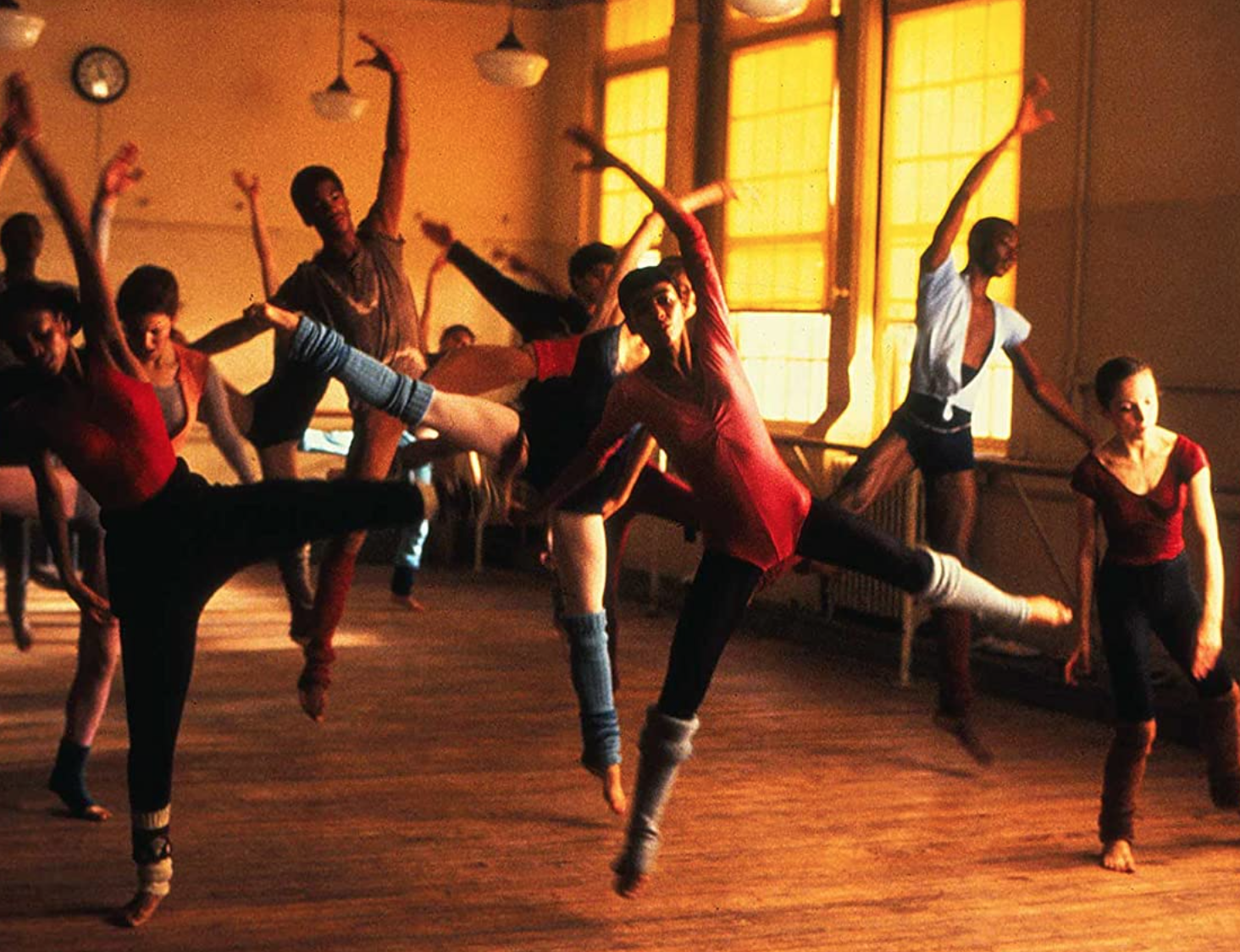
Production was halted by The International Alliance of Theatrical Stage Employees when several members of the cast and crew made complaints about incense burners.
[rtk_adunit_bottom]
The incense burners were used as part of Stanier’s European ‘single-source’ lighting style, but they had to be banned before filming was able to resume.
15. New York’s Board of Education refused to let the film shoot in the real School of Performing Arts

The original plan was for Fame to be shot at the real-life High School of Performing Arts in New York, from which many of the actors cast originated.
[rtk_adunit_top]
Unfortunately, the city’s Board of Education refused permission over their concerns about the film’s sex scenes, bad language and depiction of drug use.
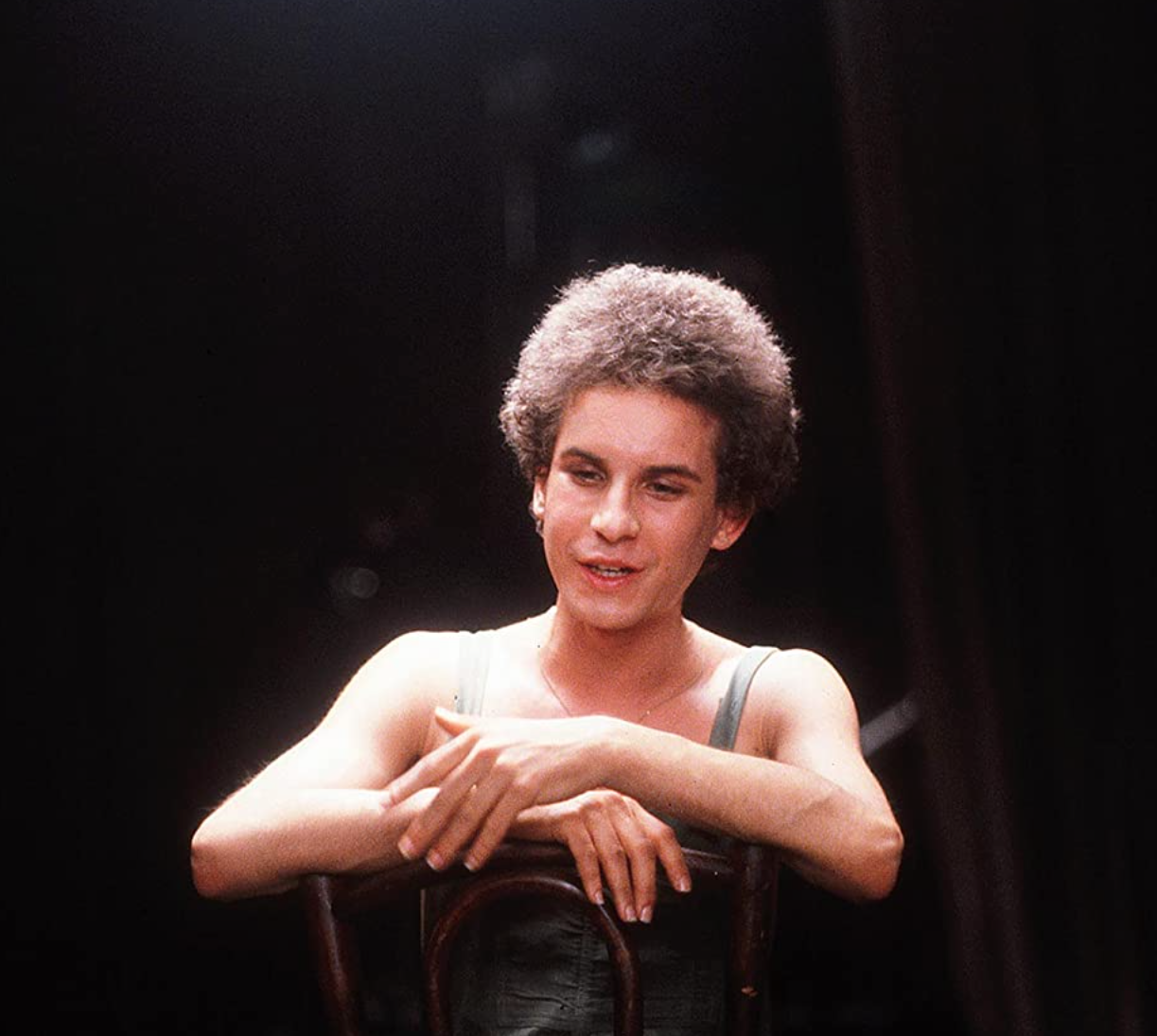
This meant that production had to move to Chicago, where location scouts had discovered two unused schools that were later converted at a cost of £200,000.
[rtk_adunit_middle]
Filmmakers were allowed to shoot some external New York scenes, however, most notably for the film’s massive dance number.
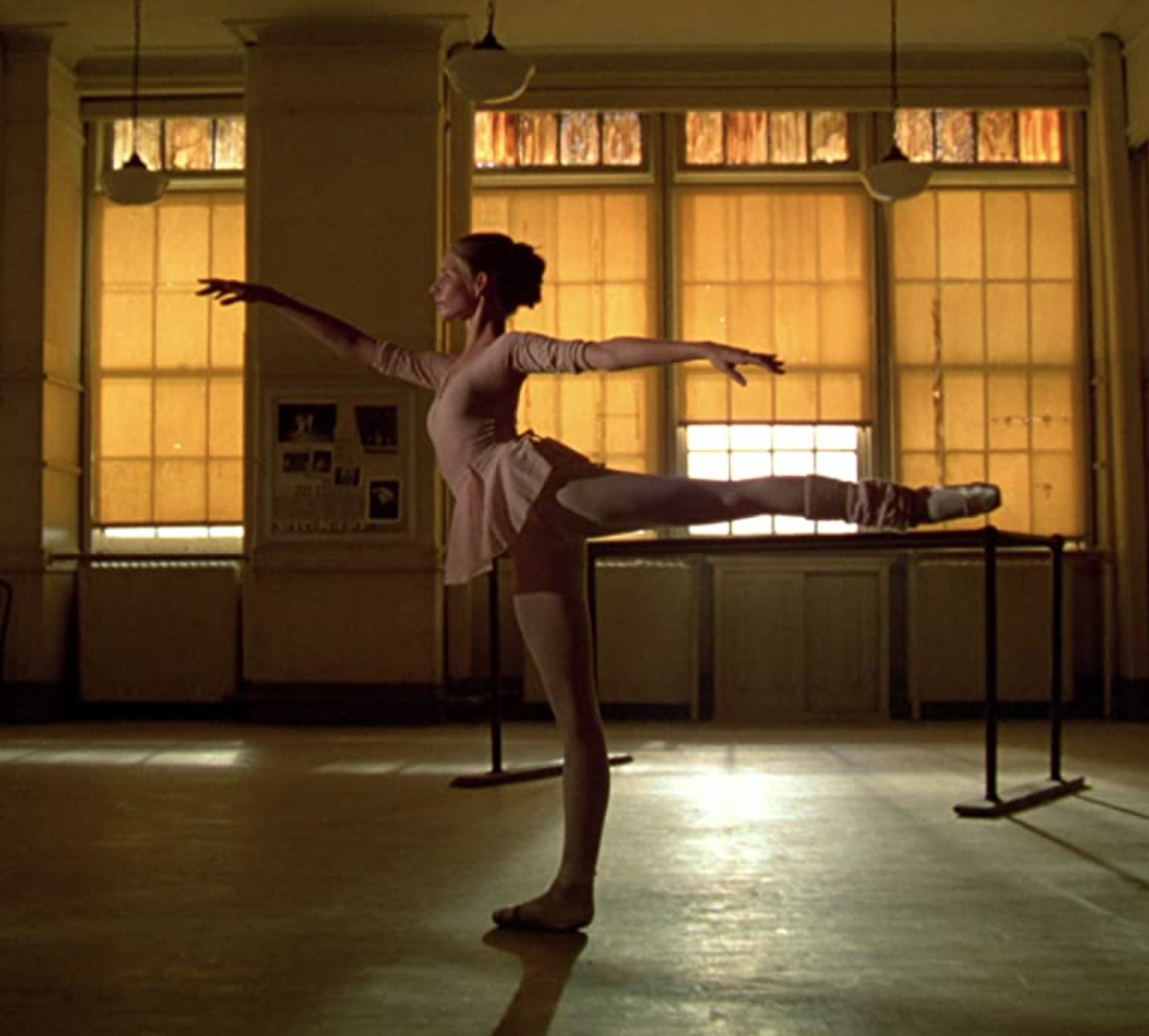
Presumably, the High School of Performing Arts in New York didn’t want viewers of the film to associate the cast’s bad behaviour with the school’s own culture.
[rtk_adunit_bottom]
Either that, or they didn’t want prospective applicants to be put off by the fact that most of the characters in Fame do not find success or a happy ending.
14. The cast were dancing to a completely different song during the famous ‘Fame’ sequence

Due to the fact that Irene Cara’s Academy Award-winning song Fame had not yet been written whilst the film was in production, the cast had to dance to a completely different tune whilst shooting the famous dance number.
[rtk_adunit_top]
The sequence, which took three days to film and involved 50 professional dancers (as well as 150 background actors), was actually filmed to the sound of Donna Summer’s 1979 US number one hit Hot Stuff.

The reasoning behind choosing Hot Stuff by Donna Summer to dance to was fairly simple: it had the correct vibe.
[rtk_adunit_middle]
Hot Stuff had a similar enough amount of beats per minute to trick the audience, and it required the same kind of dance moves from the cast.
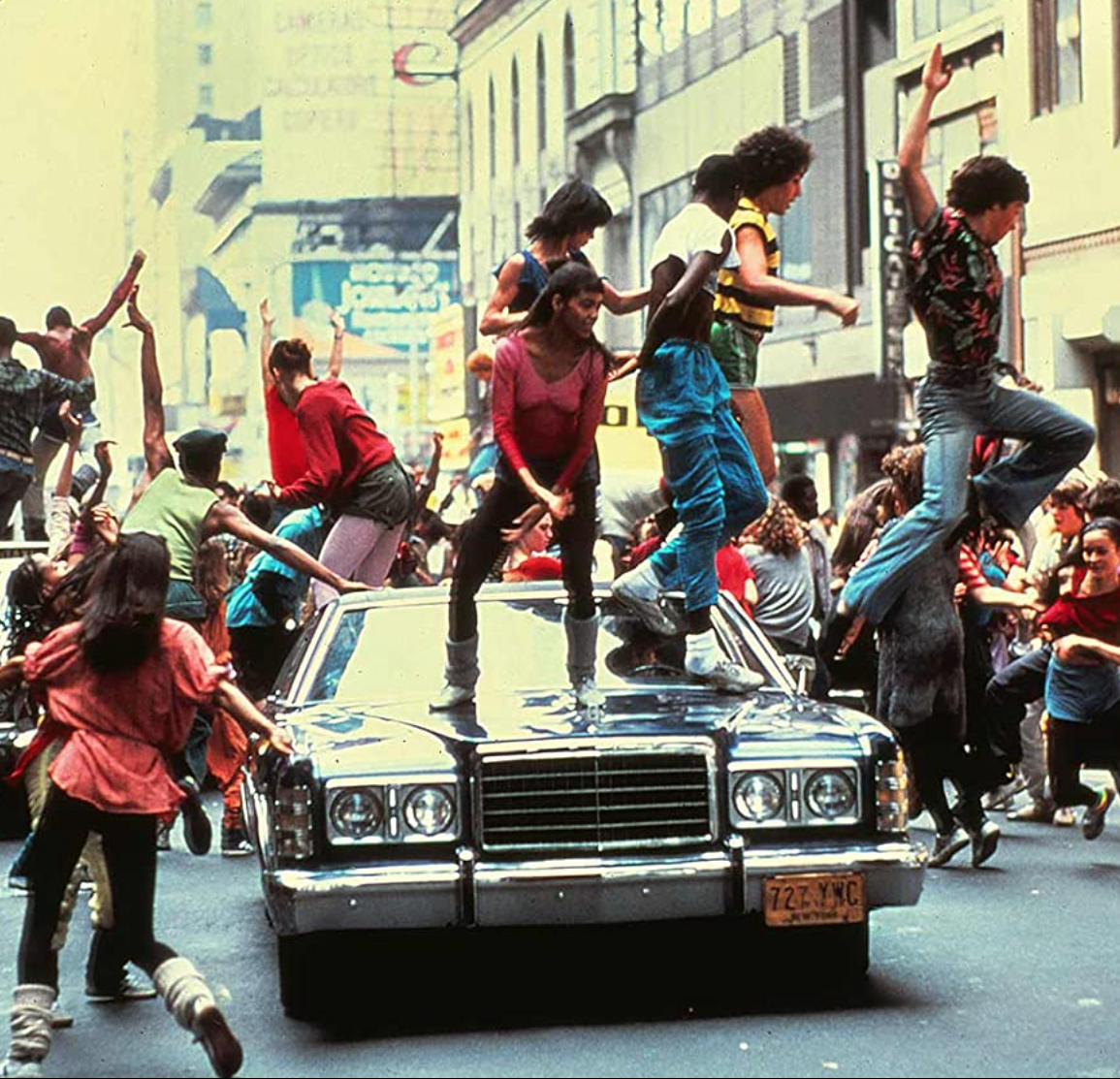
Hot Stuff was also the correct genre and was irresistibly upbeat and danceable, which probably helped the cast keep grooving through multiple takes.
[rtk_adunit_bottom]
Unfortunately, it did unfortunately lead to the idea that Irene Cara was deliberately aping Summer’s vocal style in her own songs.
13. Lyrics from the film’s title song were improvised by Luther Vandross

The title track of Fame is the film’s most iconic and memorable song, with many people able to hum the tune despite having never seen the movie.
[rtk_adunit_top]
Fame was sung by Irene Cara, who plays Coco in the film, but Cara was not the only vocalist to contribute her skills to the track.
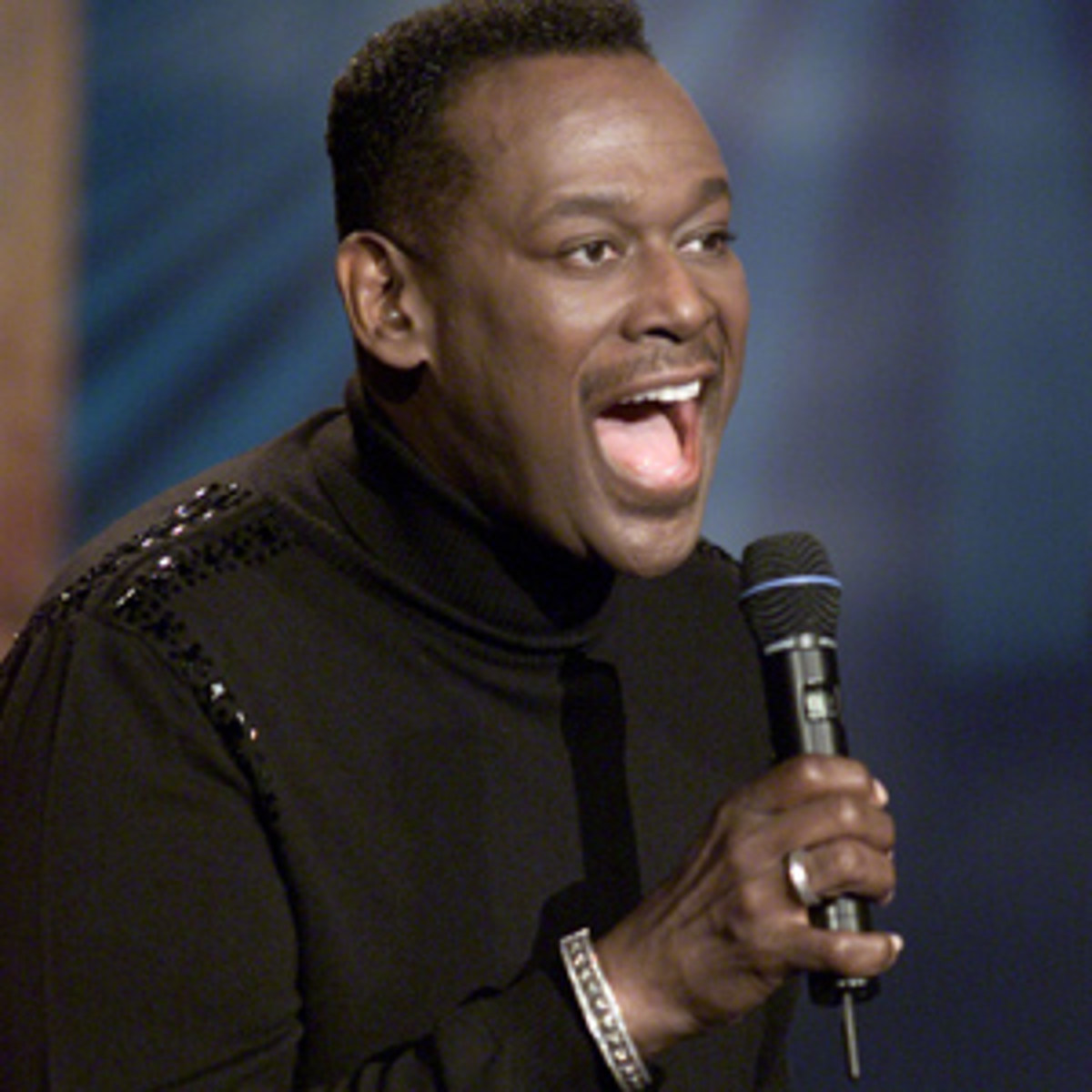
The late US singer, songwriter and producer Luther Vandross was also involved in the song; specifically, he was in charge of backing vocals.
[rtk_adunit_middle]
Vandross, who performed the backing vocals alongside Vivian Cherry and Vicki Sue Robinson, actually improvised for much of his time in the recording booth.
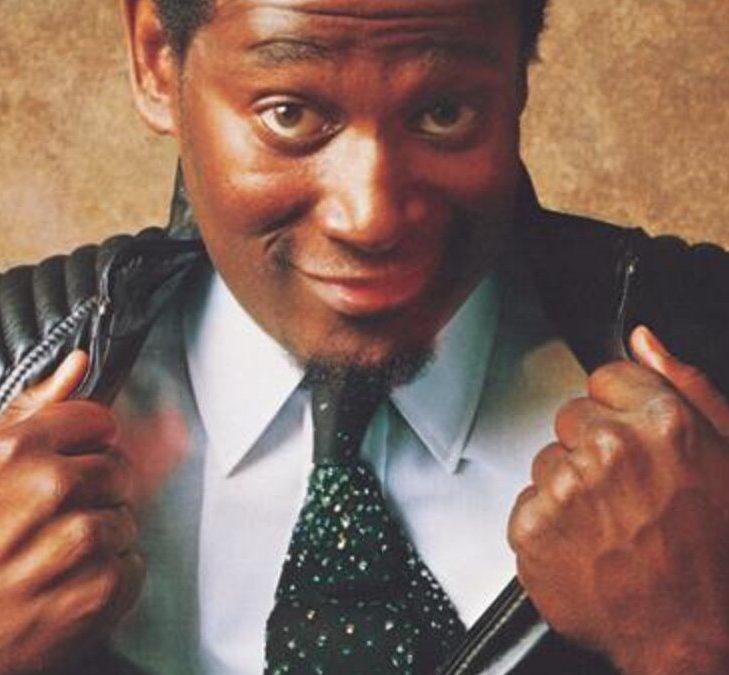
Of all his improvisations, it was the repeated refrain of “remember, remember, remember” under the other vocals that stuck.
[rtk_adunit_bottom]
The building chant was one of the things that made Fame’s title track so memorable, and both Cara and the producers themselves have the legendary Vandross to thank.
12. There have been several spin-off TV shows and a stage musical

The success of Fame meant that it spawned a franchise that included a number of spin-off TV shows, the first of which hit TV screens in 1992 and starred a number of the film’s cast.
[rtk_adunit_top]
The film’s producer David De Silva also adapted the film into a stage musical in 1987, a show that has since been seen in over 25 countries.
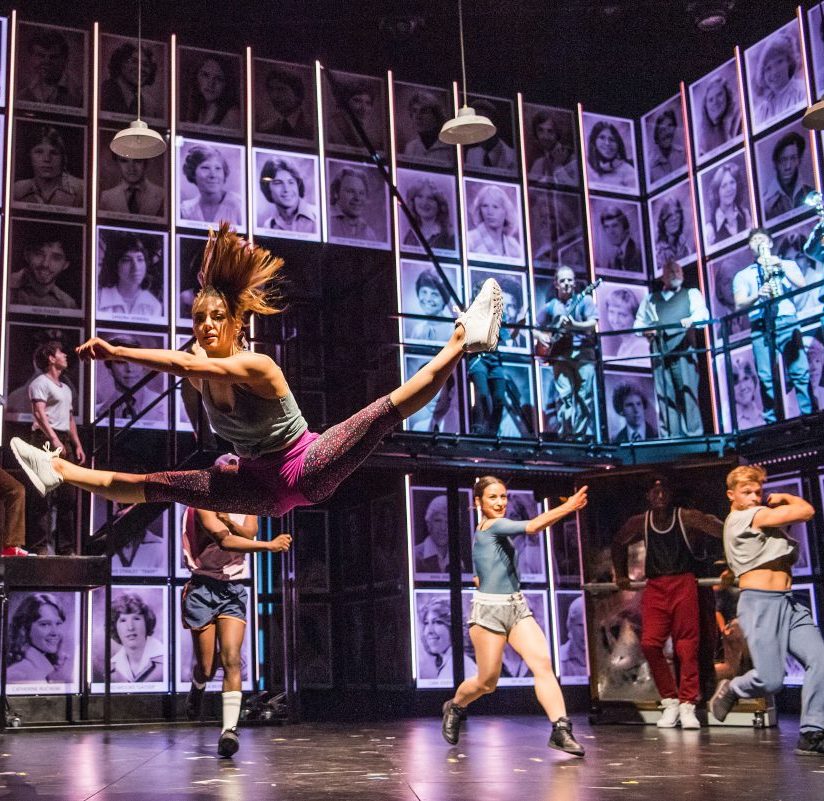
Among the actors who went on to play their character again in the Fame TV show was Debbie Allen.
[rtk_adunit_middle]
Allen returned to the part of Lydia Grant in the TV show, and even later played herself in the variety talent show Fame, another spin-off.
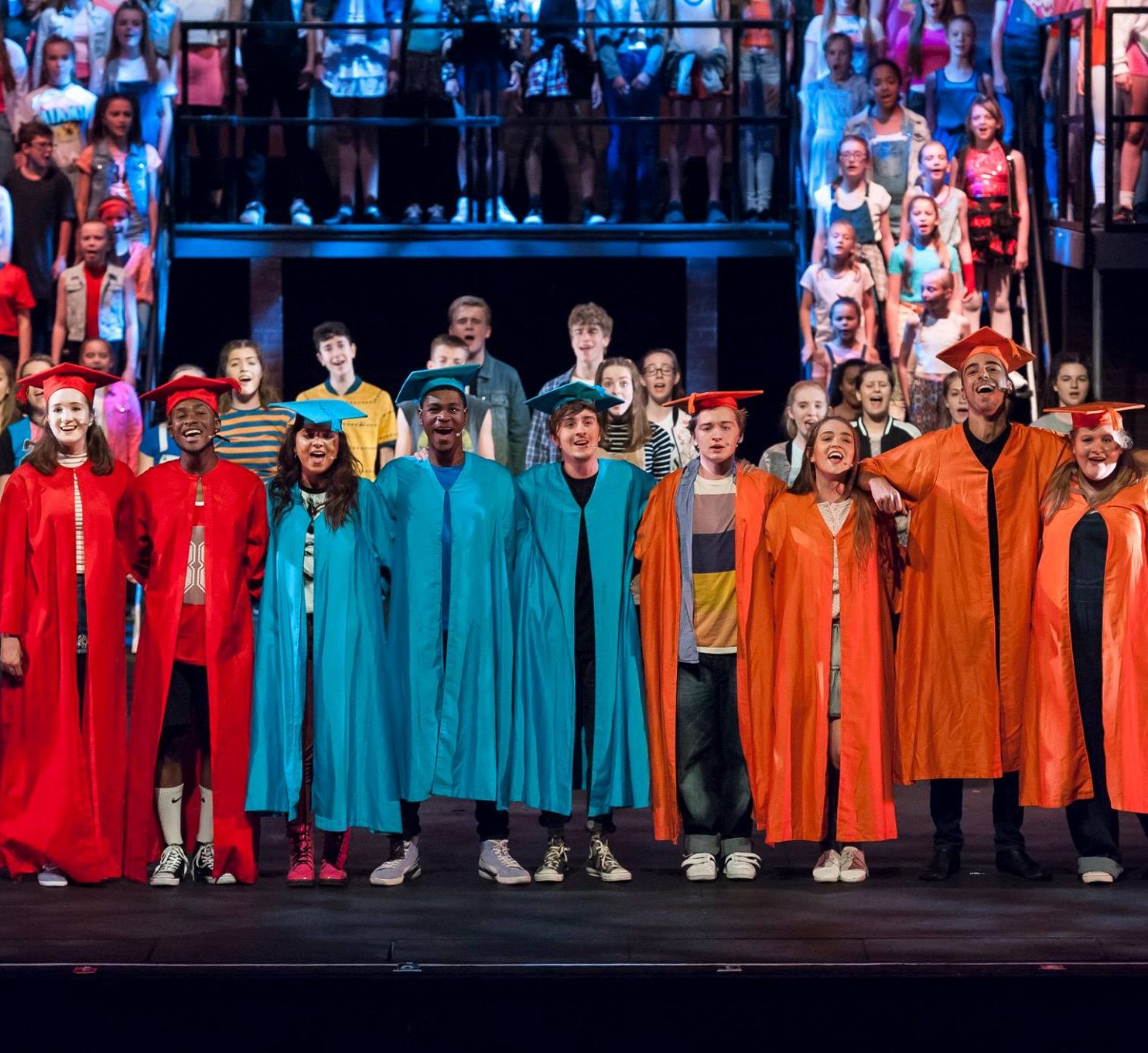
Gene Anthony Ray also returned, reprising the role of Leroy Johnson for the TV show and expanding his storyline.
[rtk_adunit_bottom]
New characters were also added to the roster in order to fill out the cast, with new students and new teachers appearing in the show.
11. The Rocky Horror scene was shot at a real screening of the film

One of the most memorable scenes in Fame is the one in which Doris, a shy and retiring actress, is taken to a showing of The Rocky Horror Picture Show.
[rtk_adunit_top]
Inebriated and encouraged by the crowd, Doris joins the shadow cast of Rocky Horror characters on stage and dances the Time Warp.

The Rocky Horror sequence was initially supposed to be much smaller, but director Alan Parker was so impressed with the atmosphere at the event that the scene was extended.
[rtk_adunit_middle]
The scene was shot at a real New York screening of the movie, and the actors doing the Time Warp on stage were part of a real Rocky Horror shadow cast.
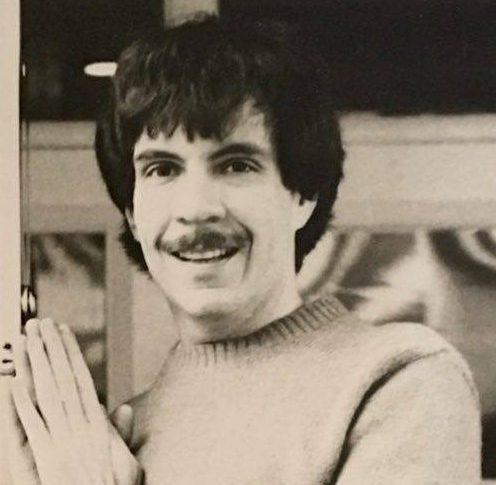
In fact, the man hosting the screening of The Rocky Horror Picture Show that Doris attends is Sal Piro.
[rtk_adunit_bottom]
Sal Piro is the first president and founding member of The Rocky Horror Picture Show fan club, and a minor New York celebrity.
10. Tom Cruise, Patrick Swayze and Michelle Pfeiffer all auditioned for parts in the film
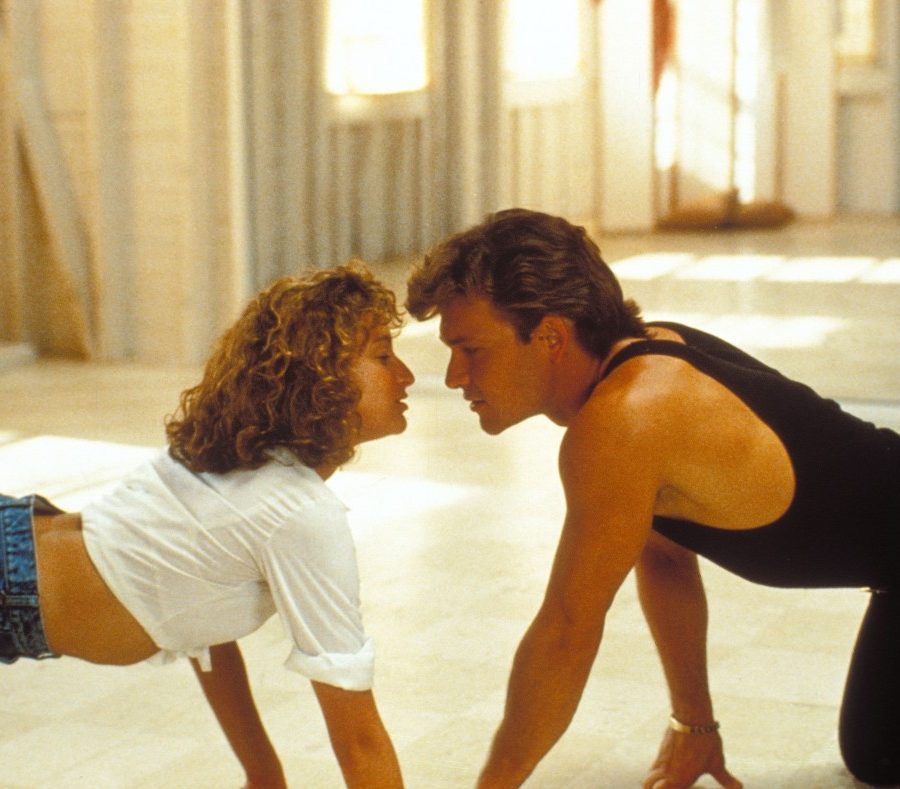
Part of Fame’s charm lies in the fact that many of the actors cast in the movie were unknowns, and were genuinely at the beginning of their careers’ when the movie was shot.
[rtk_adunit_top]
That was not always going to be the case though, as several big names also auditioned for a part in the film.
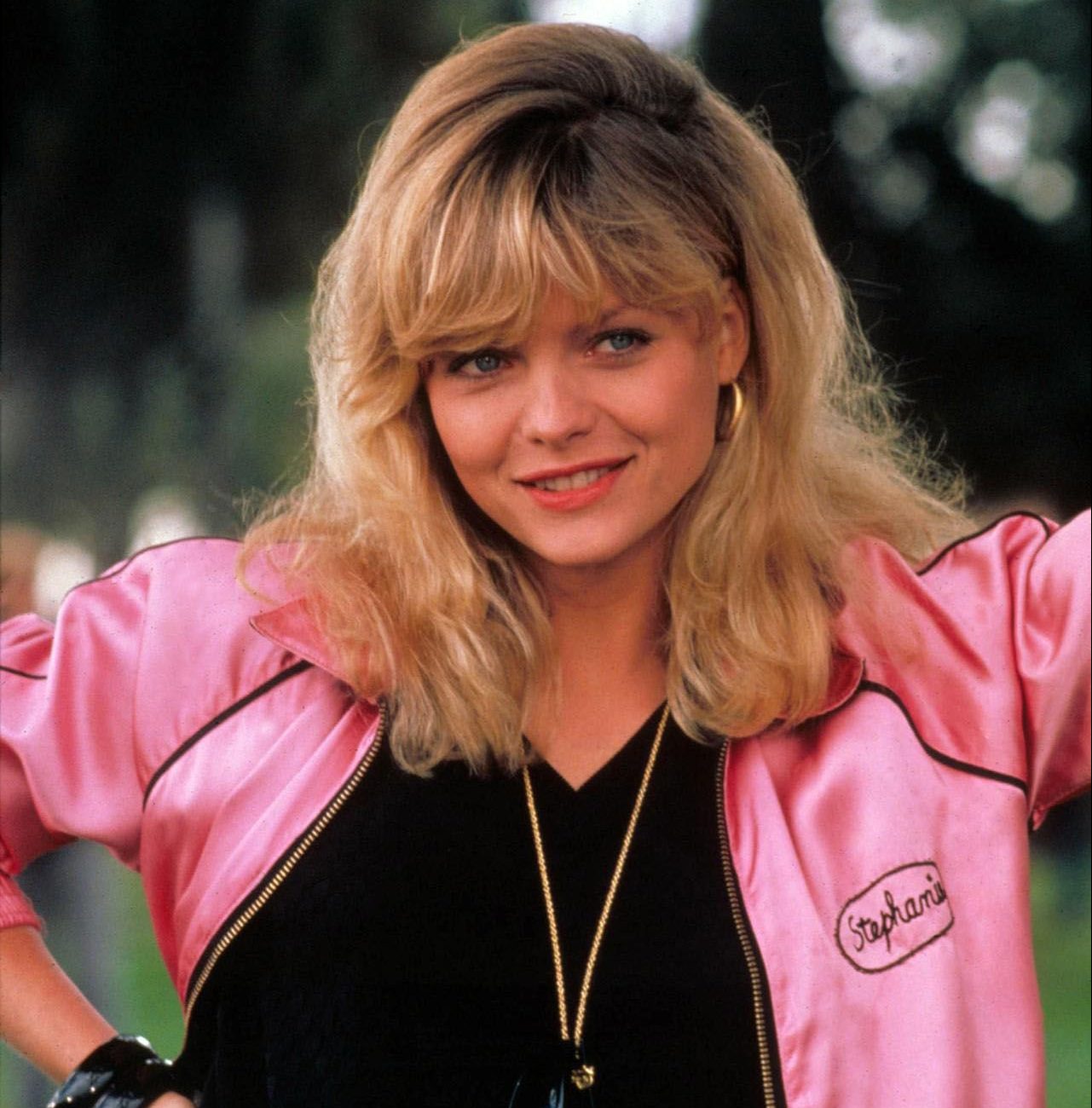
In particular, Tom Cruise, Patrick Swayze and Michelle Pfeiffer all tried out for various characters, and all were denied.
[rtk_adunit_middle]
All three actors did eventually get their musical moment to shine, with Michelle Pfeiffer starring in Grease 2 and Tom Cruise appearing in Rock of Ages.
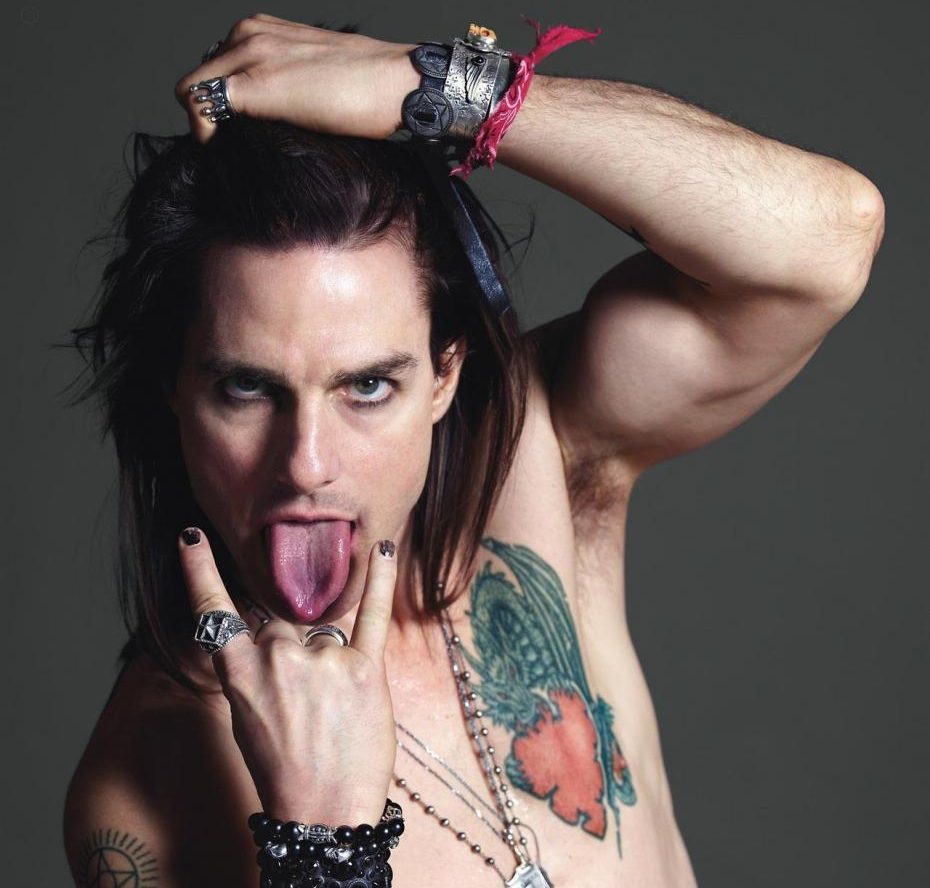
Patrick Swayze got his starring role in Dirty Dancing just a few short years later, which went on to be one of the most successful movie musicals ever.
[rtk_adunit_bottom]
Despite the musical experience of all three actors, it’s almost impossible to imagine any of them working with the sometimes gritty tone of Fame.
9. The role of Lydia was reduced after it was decided Debbie Allen was actually too old to play a student
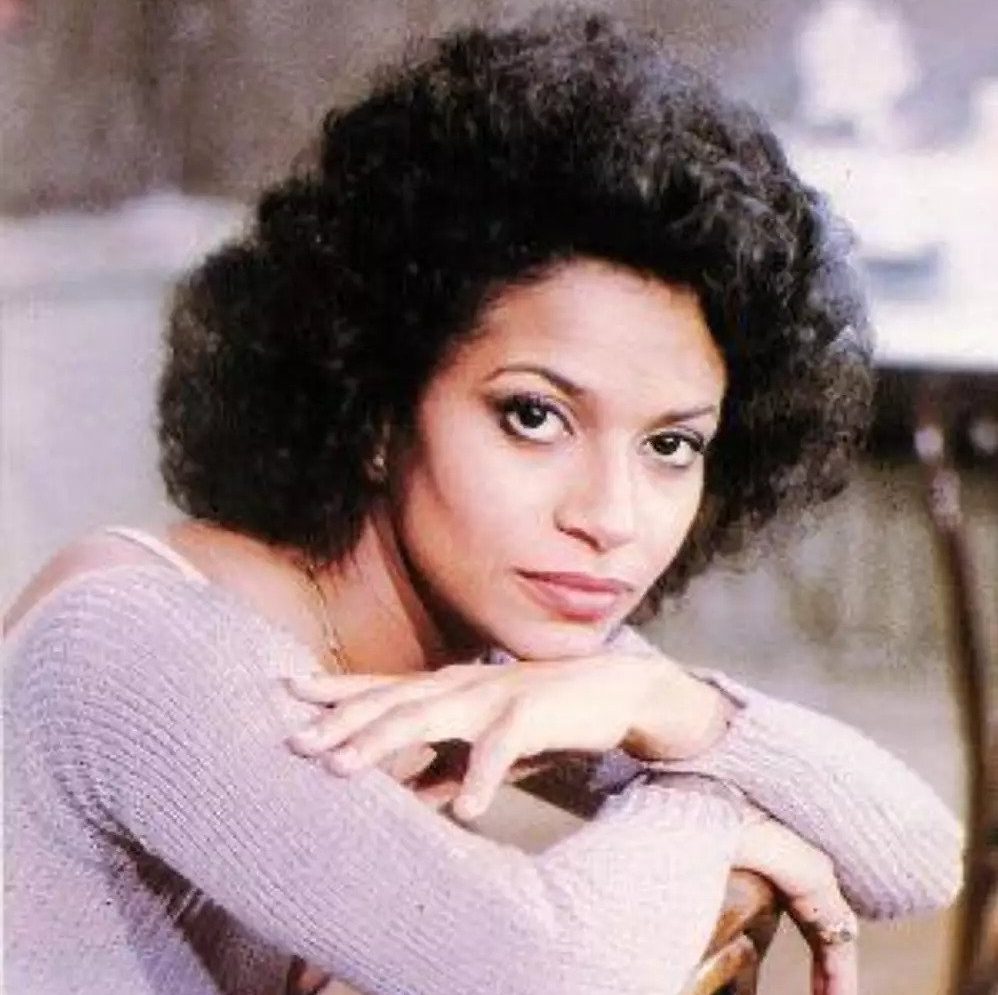
The role of Lydia is a fairly minor one in Fame, with her most extended screen time being at the beginning of the movie.
[rtk_adunit_top]
We see Lydia, portrayed by Debbie Allen, as she judges incoming students wishing to be a part of the dance program.
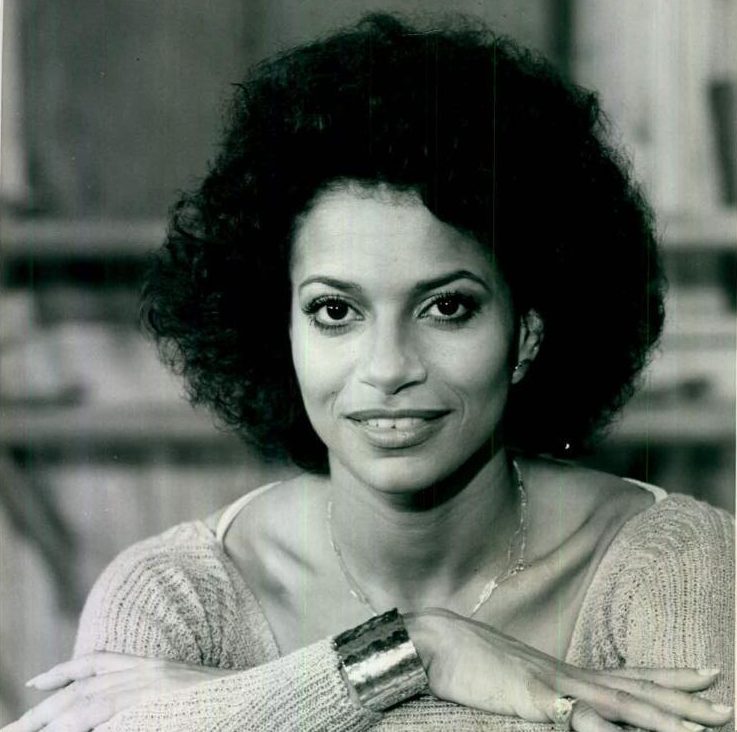
However, given that the role went to established actress and dancer Debbie Allen, many expected her role to be bigger.
[rtk_adunit_middle]
Initially, that was supposed to be the case, as Lydia would have been a star dance student who became Coco’s rival.
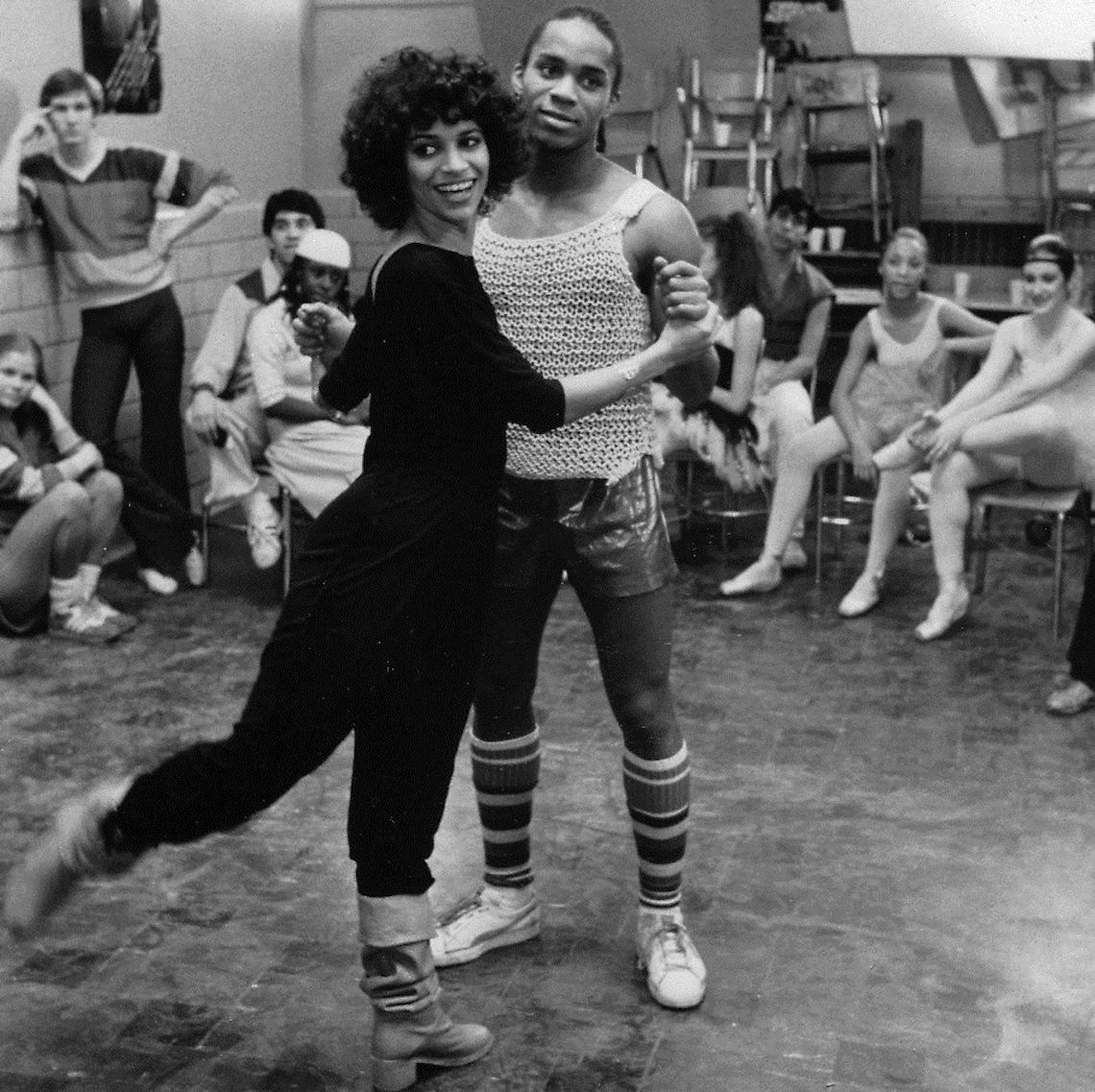
Eventually, it was determined that Allen was too old to play a student and that her star power might have taken away from the younger cast.
[rtk_adunit_bottom]
As a compromise, Allen was given an expanded part and far more screentime in the spin-off TV series.
8. It was the first film to have two songs nominated for Best Song at the Academy Awards
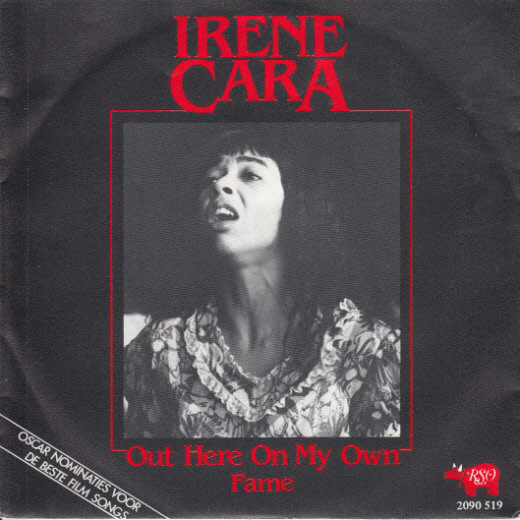
As well as being praised by critics and adored by audiences, Fame also managed to be a record-breaker for good measure.
[rtk_adunit_top]
Fame was the first film to have multiple songs nominated in the category of Best Song at the Academy Awards.

In particular, both the movie’s title track, and the song Out Here On My Own, were nominated, with the title track winning in the category.
[rtk_adunit_middle]
Since then, very few movies have had two songs in the category, and only four have ever had three nominated songs.
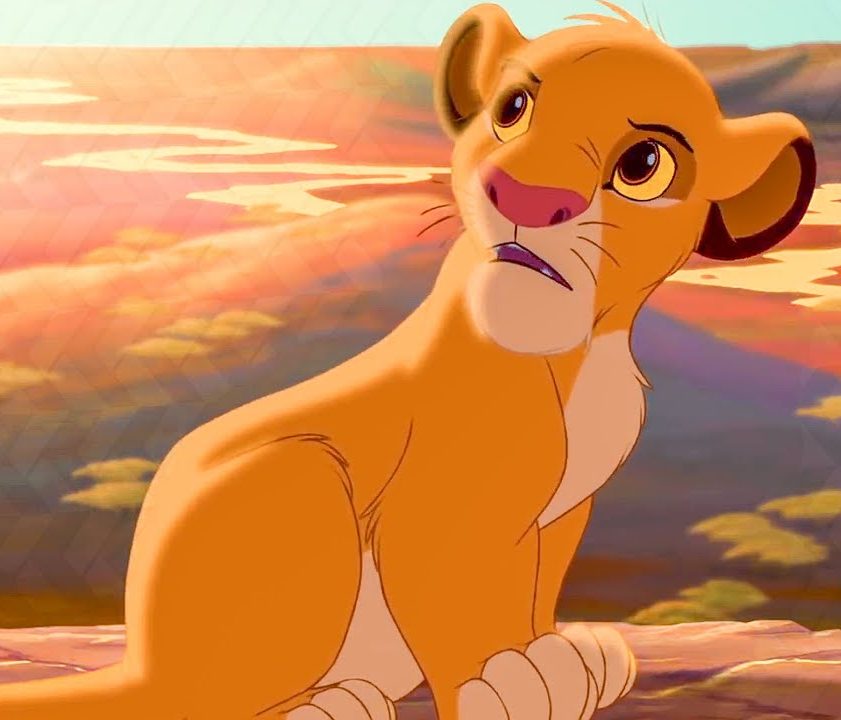
All but one of the four musicals with three songs nominated are Disney properties, with the exception being Dreamgirls.
[rtk_adunit_bottom]
As for the other three: Beauty and the Beast, The Lion King and Enchanted were all nominated for three songs apiece.
7. Madonna pursued a number of roles in the film, but was rejected for them all

Though it seems unlikely that Madonna would ever be turned down for a project she was actively pursuing, that’s exactly what happened with Fame.
[rtk_adunit_top]
Madonna auditioned for a variety of roles in the movie, and again for the television show, but she was knocked back in every case.
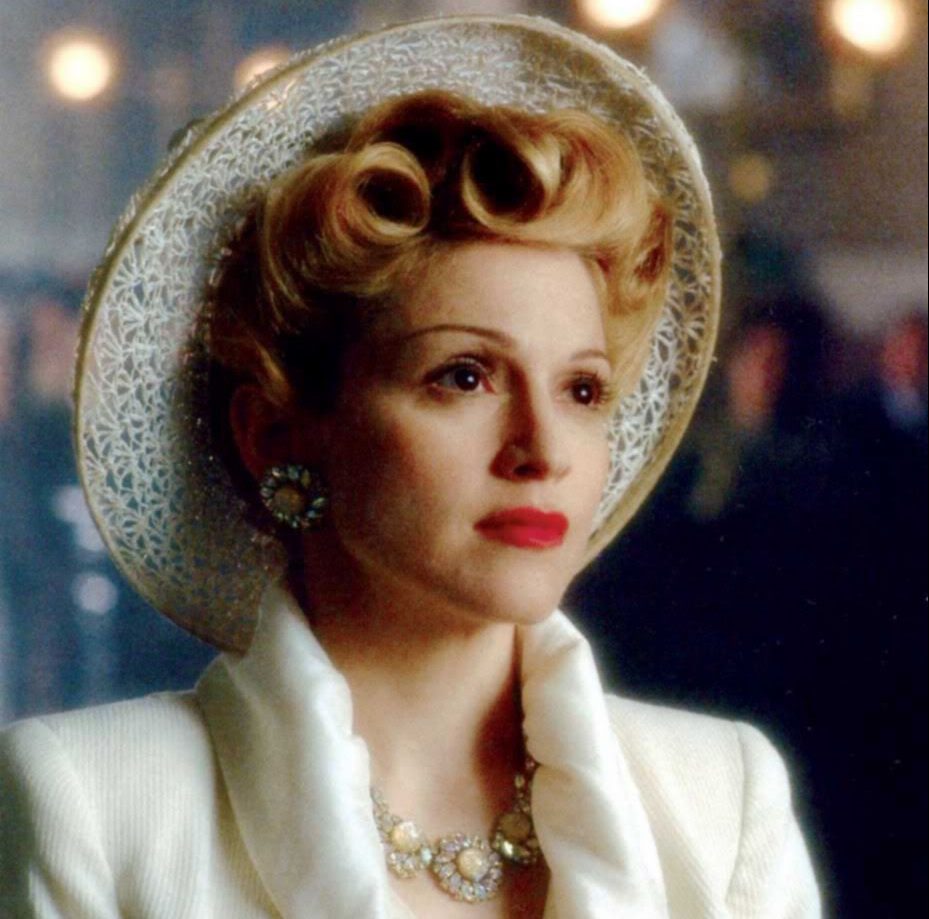
Not only that, but Janet Jackson received a role in the Fame TV spin-off, another legendary pop performer whom many considered to be Madonna’s predominant rival back in the day.
[rtk_adunit_middle]
Despite all this, Madonna’s opinion of director Alan Parker never soured, and the two did eventually collaborate on a project.
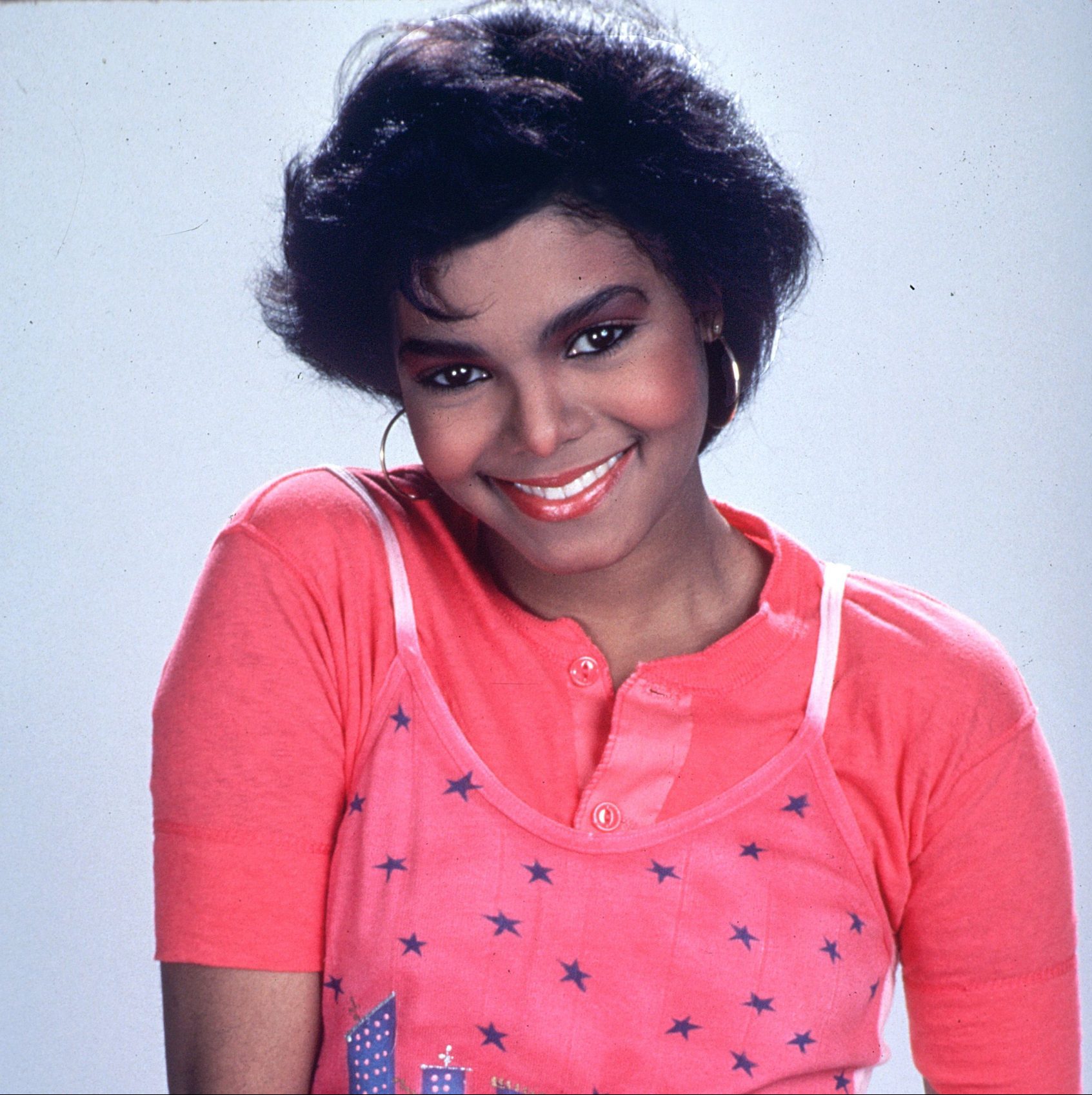
Specifically, Parker cast Madonna in the title and principal role of Evita more than a full decade later in 1996.
[rtk_adunit_bottom]
Completely coincidentally, posters for the Broadway show Evita can be seen in the background of many Fame shots.
6. Is It OK If I Call You Mine? was written by actor Paul McCrane
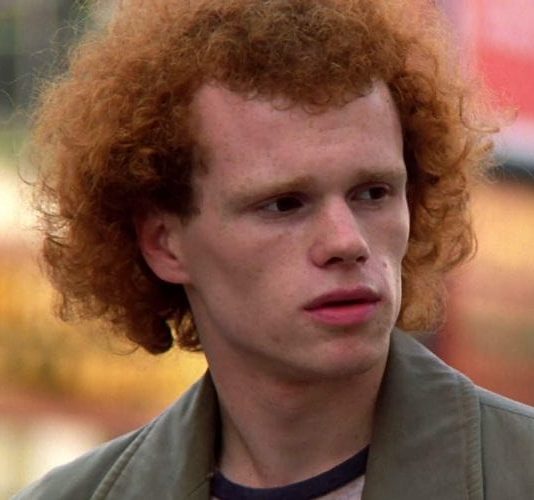
Despite not being one of the musical’s two Academy Award-nominated songs, Is it Okay if I Call You Mine? is still a highlight on the Fame soundtrack.
[rtk_adunit_top]
It is performed by Paul McCrane, who plays Montgomery MacNeil in the film, and is a touching acoustic ballad.

McCrane’s performance of the number is already pretty impressive, but what’s more impressive is that the song was written by McCrane himself.
[rtk_adunit_middle]
McCrane composed the music and wrote the lyrics, and he then showed both to director Alan Parker, who was immediately impressed.
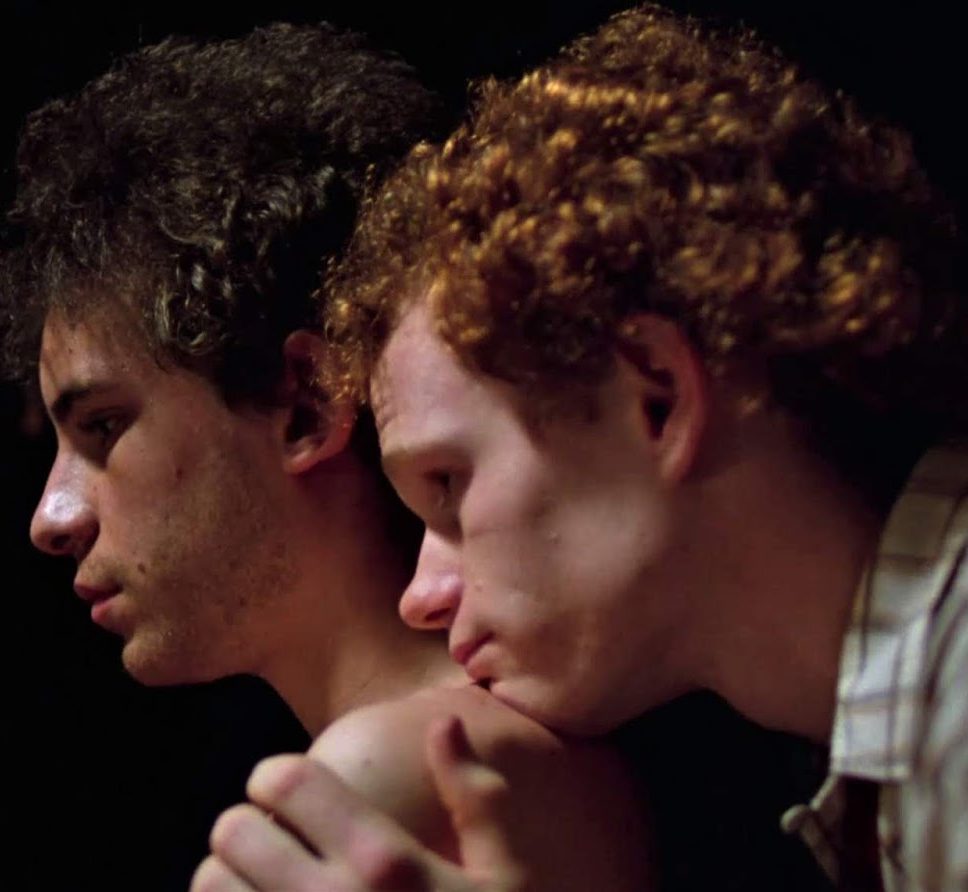
Despite his apparent latent songwriting skill, McCrane did not go on to become famous for his musical compositions.
[rtk_adunit_bottom]
Instead, McCrane is now most known for acting in ER as the recurring character Robert Romano.
5. Albert Hague was working as a real teacher when he was hired to play one in Fame
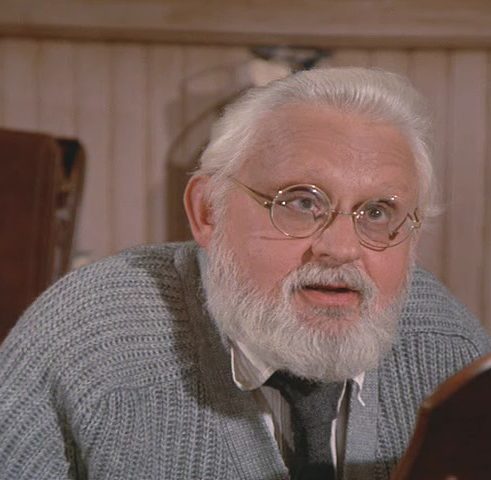
Albert Hague plays Shorofsky, a curmudgeonly German music teacher with a hardline outlook on what is and isn’t music.
[rtk_adunit_top]
Many of Hague’s lines as Shorofsky went on to become infinitely quotable, even if they are too crass to detail here.
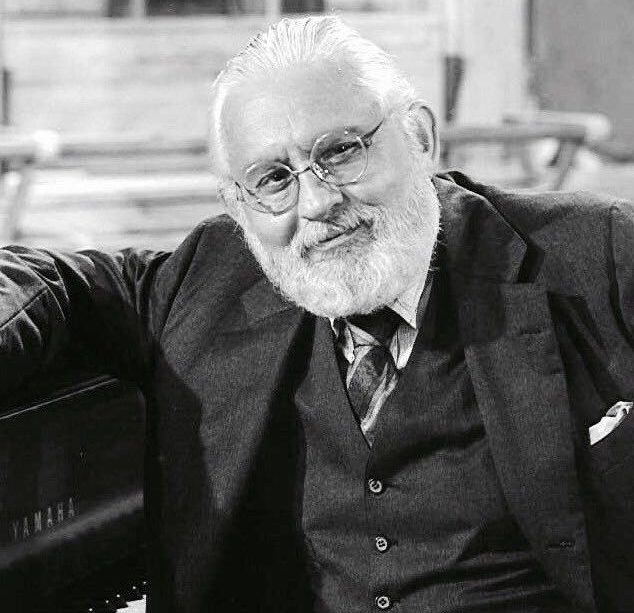
What lends realism to the character of Shorofsky is that Albert Hague really was working as a teacher when he was cast in the film.
[rtk_adunit_middle]
Alan Parker cast Hague almost on a whim after meeting him and quickly wrote a part for him into the script, incorporating many details of his real life.

The role went on to revitalise Hague’s acting career, as he went on to appear in many more projects after Fame.
[rtk_adunit_bottom]
Notable among these projects are the Beauty and the Beast TV series and Space Jam.
4. The 2009 remake featured just one member of the original film’s cast

Like many other beloved musicals with enduring themes and a dedicated fanbase, Fame was rebooted in the 21st century.
[rtk_adunit_top]
Unlike other reboots such as Hairspray, however, the Fame reboot received almost entirely negative reviews and no critical acclaim.

It must have been apparent from the get-go that this remake would not be a success, as most of the original cast declined to return.
[rtk_adunit_middle]
Despite a large portion of the original returning to reprise their roles in reunions and the spin-off TV show, only one actor decided to return for the new movie.
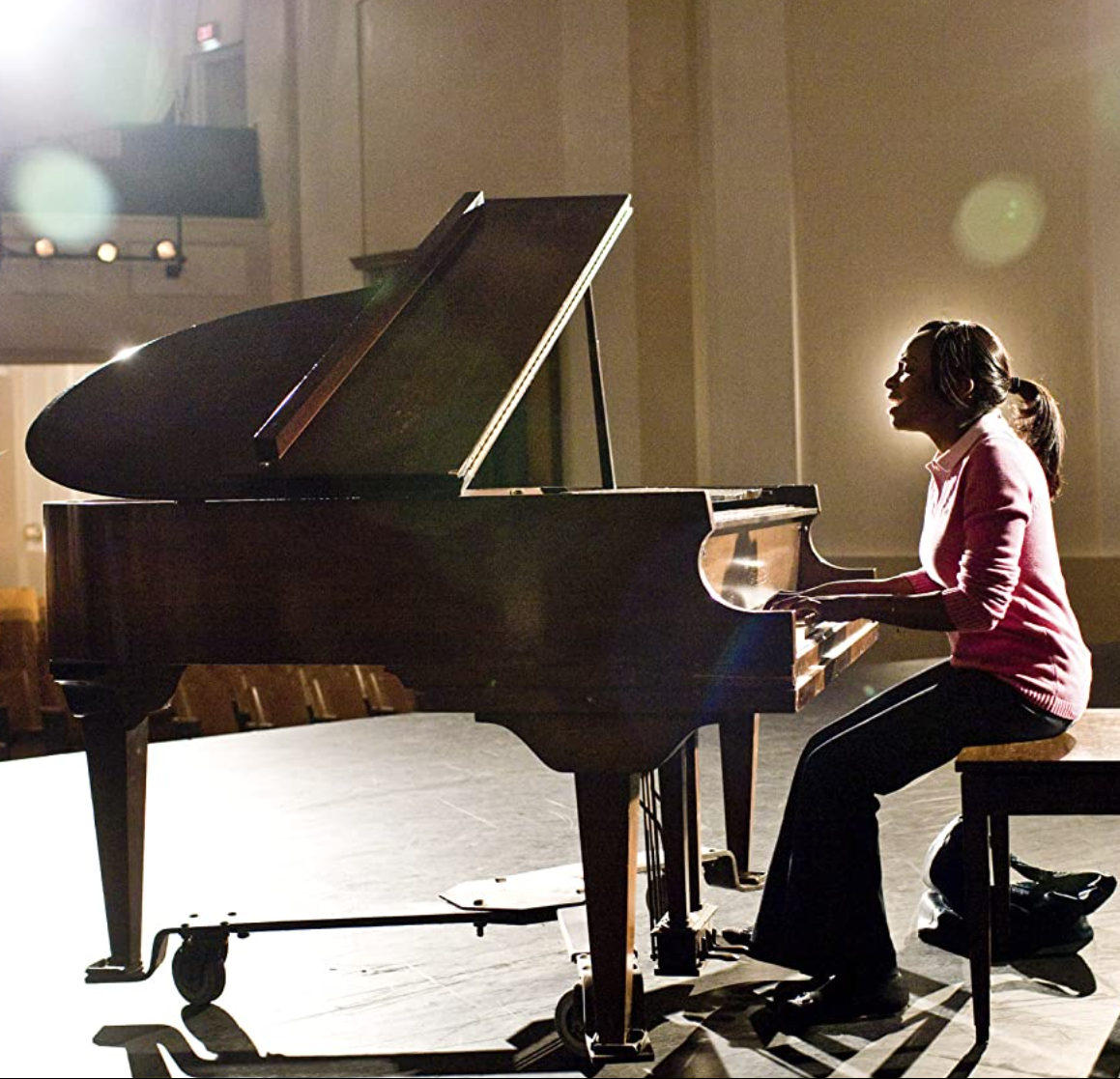
The only member of the 1980 film’s cast to appear in the remake is Debbie Allen, who played dance teacher Lydia Grant in the original movie and school principal Angela Simms in the remake.
[rtk_adunit_bottom]
However, even the presence of Debbie Allen was not enough to redeem the movie in the eyes of critics and audiences.
3. Many of the movie’s most controversial plot points were erased from the TV show
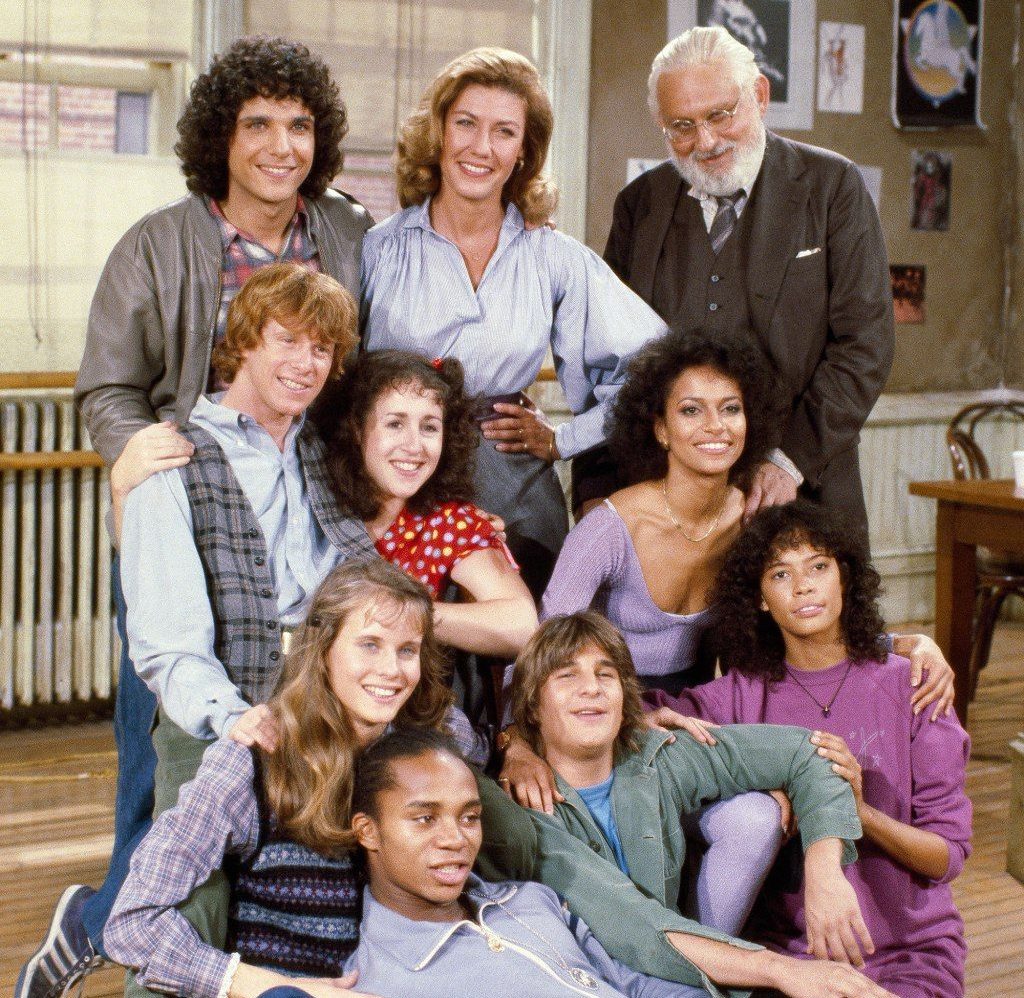
Although the Fame TV show marketed itself as a faithful spin-off of the movie, with the same characters and many of the same actors, there were some changes made.
[rtk_adunit_top]
In particular, many of the film’s more controversial plot points were either removed, retconned or simply not mentioned in the TV show.

For example, Leroy no longer has trouble reading, and Miss Sherwood seems to have overcome her prejudices towards her non-white students.
[rtk_adunit_middle]
Miss Sherwood is not the only teacher to have a softened attitude either, as Shorofsky no longer curses at his students.
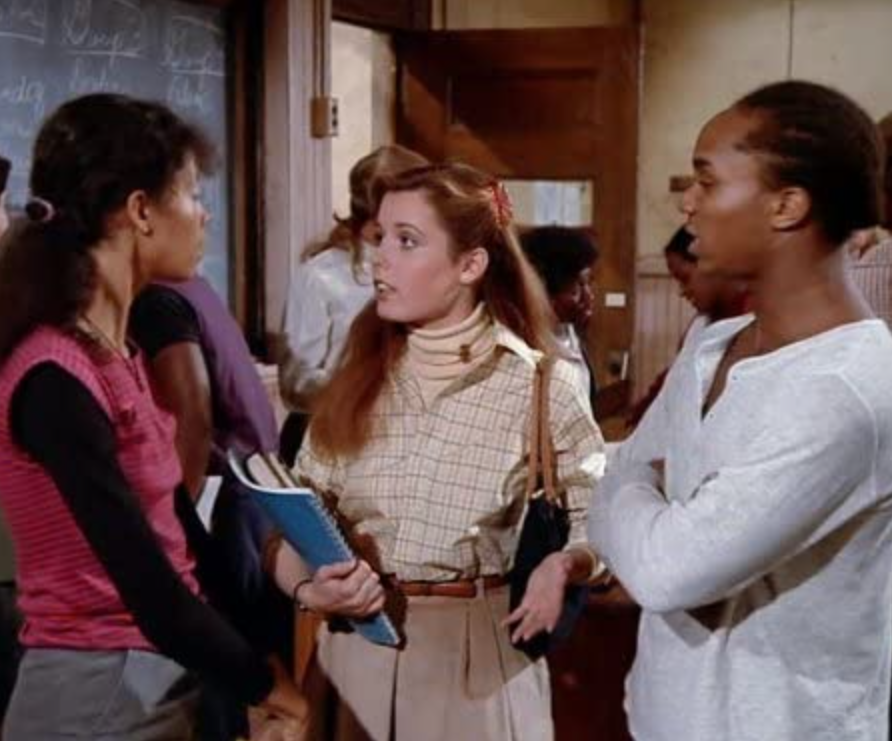
Montgomery MacNeil’s sexuality is retroactively switched to straight, and any allusions to substance abuse or homophobia are erased.
[rtk_adunit_bottom]
Even Lydia’s crush on Leroy is gone from the TV show, in order to make the show more palatable to a wider audience.
2. Many of the cast appeared in the Grease franchise
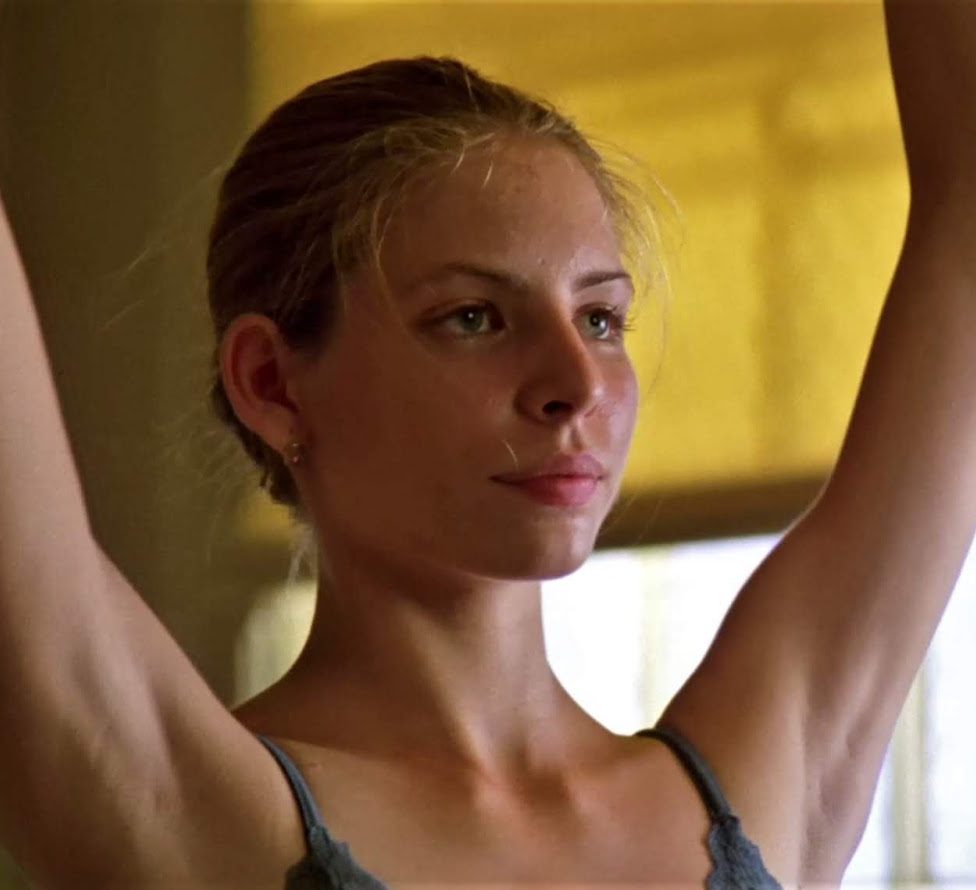
Despite being released a couple of years later, Fame shares many similarities with the popular musical Grease.
[rtk_adunit_top]
The two are very different tonally, with Grease trading in 50s nostalgia, while Fame was gritty and contemporary for its time.
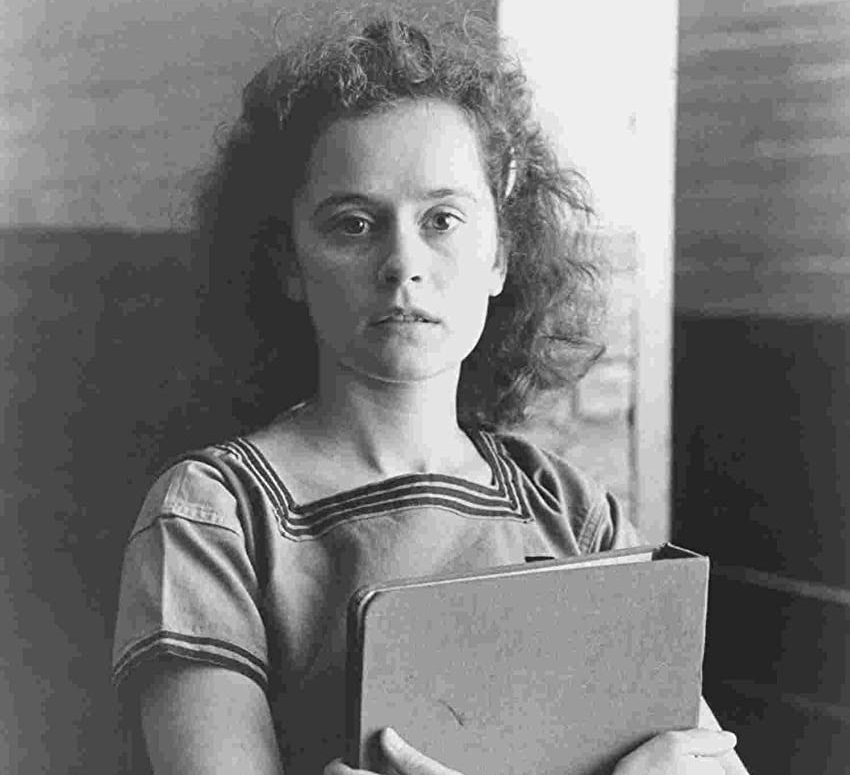
In particular, the two movies have casts that overlap, with Antonia Franceschi appearing in both movies.
[rtk_adunit_middle]
Franceschi plays Hilary Van Doren in Fame, where she is only credited as one of the chorus dancers in Grease.
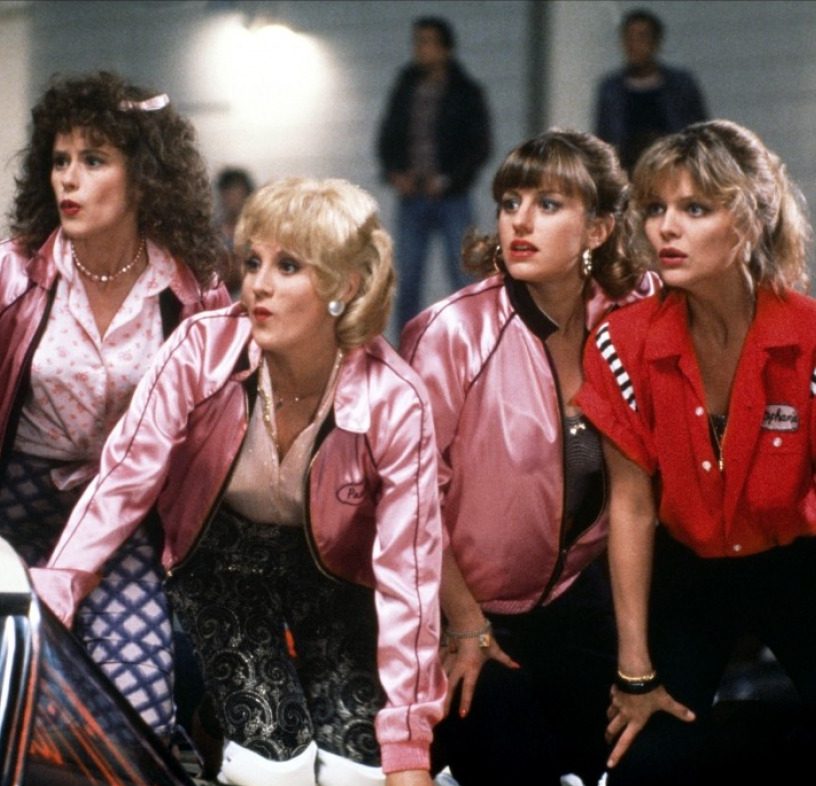
Maureen Teefy, who plays Doris in Fame, does not appear in Grease but does appear in the sequel Grease 2.
[rtk_adunit_bottom]
In Grease 2, Teefy plays a Pink Lady called Sharon, who is close friends with Michelle Pfeiffer’s Stephanie.
1. Another television reboot of the film is in the works

Fame’s spin-off TV show was mostly a success, thanks in no small part to it sharing a cast and continuity with the film.
[rtk_adunit_top]
On the other side of things, the 2009 film reboot of Fame was far less successful.

Given all those variables, it would make sense that producers would be hesitant to make another Fame spin-off.
[rtk_adunit_middle]
However, rumours have been swirling about another Fame TV show ever since 2010, and they were confirmed in 2012.
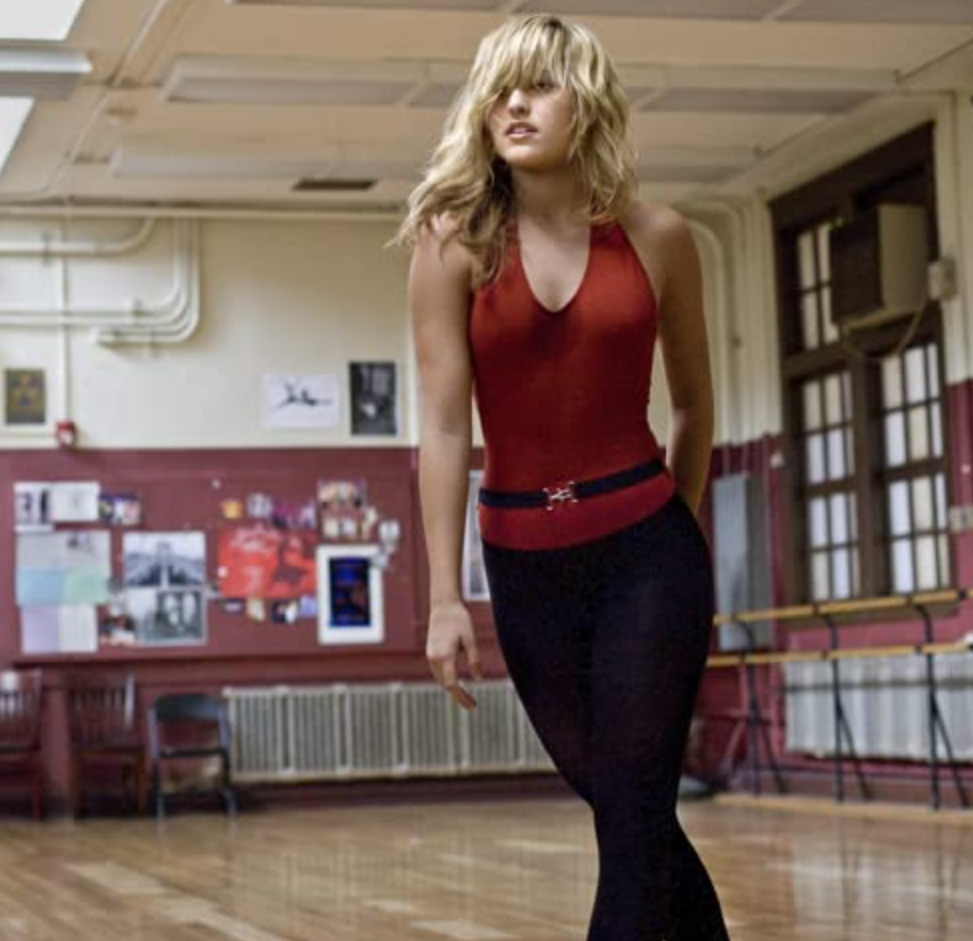
In 2012, MGM Television announced that they would be making a modern-day television show based on a new cast of characters at the performing arts school. In 2015, it was announced that the show would most likely air on Lifetime, but there have been no further updates since then.
[rtk_adunit_end]

